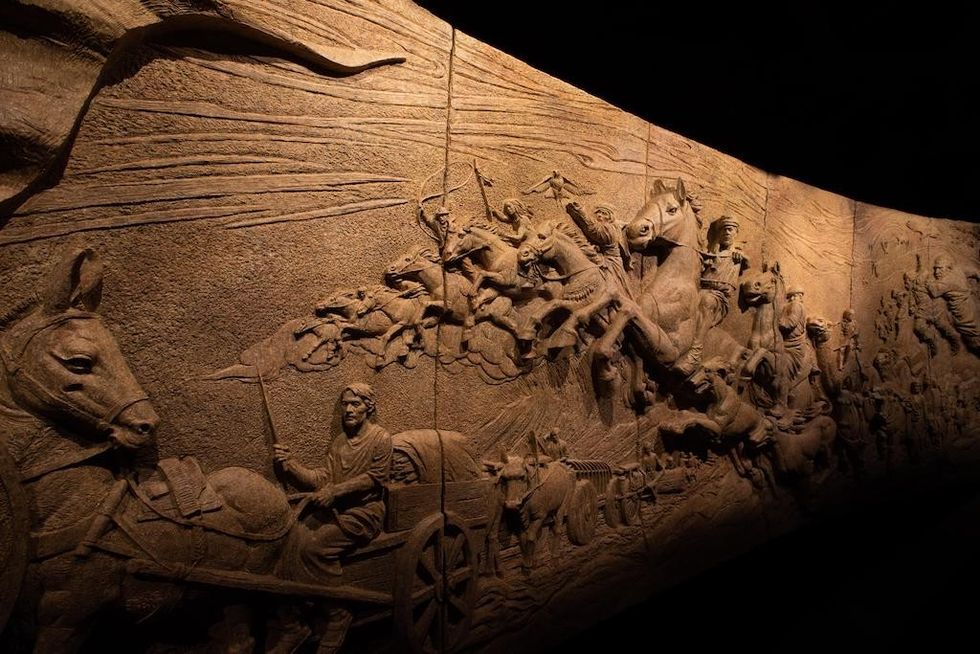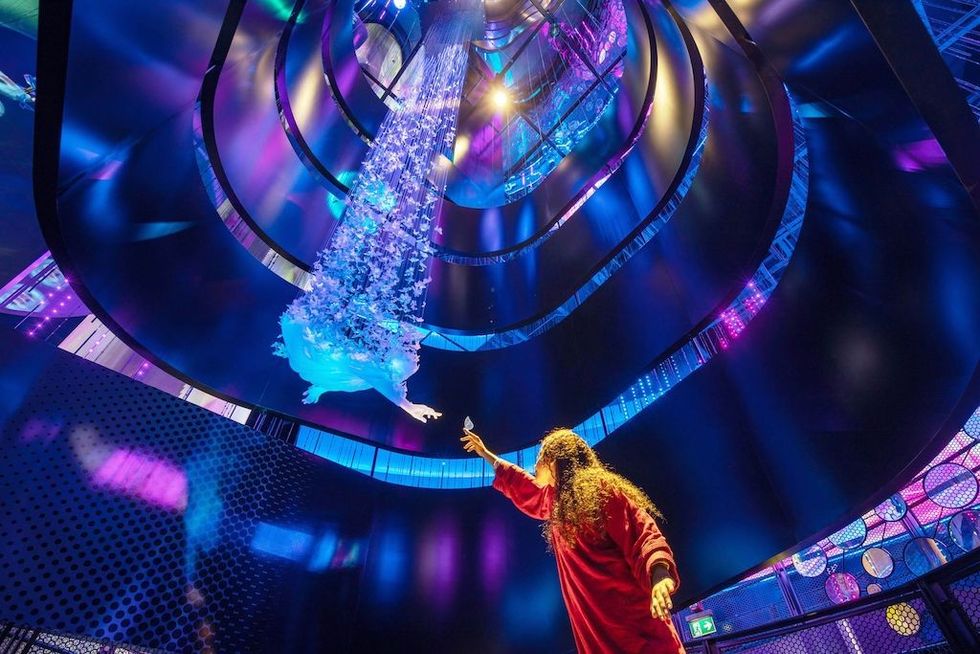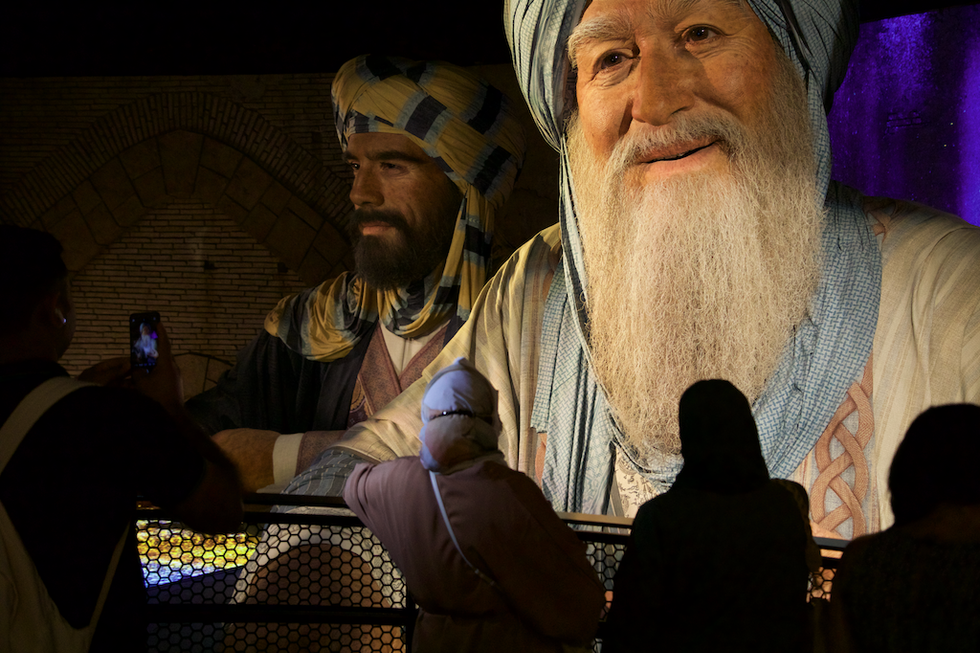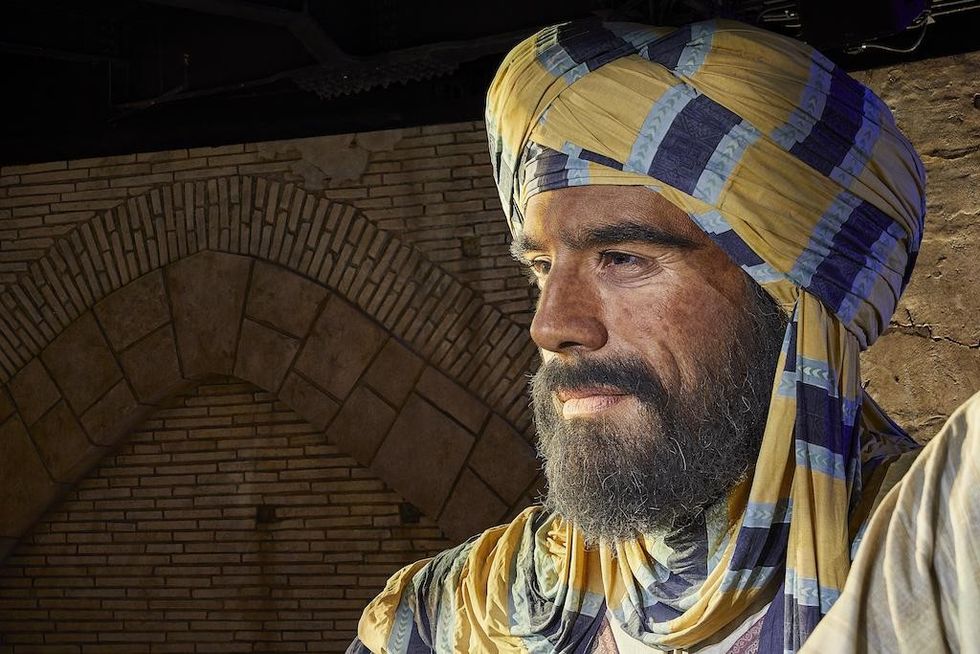This year marks a significant milestone for Musealia: 25 years of bringing history to life through impactful, purpose-driven exhibitions. What began as a small initiative has evolved into a global cultural influence, transforming the way museums and audiences connect with the past.
To celebrate this anniversary, blooloop spoke with Musealia’s director, Luis Ferreiro, about the company ’s vision, philosophy, and evolution. At the heart of Musealia’s work is a bold commitment: to create exhibitions that go beyond objects, telling meaningful stories, evoking deep emotions, and safeguarding essential historical memory.
Musealia makes essential history accessible to people worldwide. Its exhibitions, from Auschwitz. Not long ago. Not far away to Titanic. The Human Story, invite visitors into narratives crafted through meticulous research, innovative design, and collaboration with leading historians and cultural institutions.
Musealia’s origins: a passion for communication
Ferreiro recalls Musealia's beginnings as a family business founded by his parents, particularly influenced by his father, a journalist passionate about storytelling and human connection.
His father led an early radio programme in Spain focused on the lives of fishermen, providing support and communication. Every April 14, he dedicated an episode to the Titanic, interviewing survivors, historians, experts, and scientists, sparking a deeper interest that inspired Musealia’s first exhibition.
“My father had a deep passion for the Titanic, and, more broadly, for communication. Sometime around 1997, he saw a Titanic exhibition in Hamburg and something clicked. He realised that exhibitions could be a new way to tell stories, send a message, and engage people emotionally.”
That idea became the foundation of Musealia.
“We began with a small Titanic exhibition, rooted in the historical connections my father had with survivors, victims’ families, and experts.”
A few years later, the team met Claes-Göran Wetterholm, one of the world's foremost experts on Titanic history, who provided not only deep historical insight but also access to a network of families sharing personal, sacred artefacts.
“These were often the only surviving mementoes of a loved one. So, from the beginning, the focus wasn’t just on the ship, but on the people on board.”
It was with this in mind that Musealia was founded, with the aim of creating exhibitions that go beyond facts and objects, telling deeply human stories with both emotional and historical significance.
The enduring appeal of the Titanic story
As someone with a deep connection to the Titanic story, Wetterholm says it is rewarding to see how his research has led to something bigger:
“I have done extensive research over the years, and I have met hundreds of relatives of survivors, as well as some survivors themselves, and to have this put into a new context and into the bigger story of the Titanic is indeed fascinating.
“To me, it is something very special to know that what I have written and worked on has grown into being part of a worldwide exhibition.”
On the enduring appeal of the Titanic story, he says:
“There is something universal in what those aboard the Titanic lived, how they reacted, what they felt, what they said... it could have been any of us.
“When we resonate with its story, we try to understand it in some way, to feel it. With this exhibition, we present the facts and historical context of the Titanic to introduce not only the well-known historical events but also the “human side” of this story. We try to make it through real objects, real stories and an engaging audioguide that brings alive a history that speaks to us.”
The exhibition evolves
The collaboration between Wetterholm and Musealia started with a modest exhibition featuring approximately 10-15 objects. Over the years, the team has acquired additional objects, uncovered new research and documents, and substantially updated the exhibition.
“Now we have two worldwide exhibitions running, and the number of visitors keeps growing,” says Wetterholm. “Working with Musealia has meant incredibly much, not only because of the actual work, but also because of the friendship I’ve developed with Luis and the Musealia team.
“Because of this collaboration, I have had the opportunity to keep developing my knowledge, meet both survivors and their relatives, get new information, images, and so much more to add to my own story of the ship.
“Over these years, my approach had to change, I have had to update stories and ideas as I kept learning more, which has been indeed compelling!
“In this way, the Titanic is an absolutely unsinkable story!”
Musealia grows
Since that initial exhibition, Musealia has gradually expanded, establishing key partnerships to bring authenticity and personal depth to its work.
“When we look back, we see a common thread: we’re drawn to specific historical stories that carry universal meaning,” says Ferreiro. “Whether it’s Auschwitz or the Berlin Wall, our aim is always to understand what these moments tell us about being human.
“That’s at the heart of everything we do. We present history in its human dimension, from the ground up, and we ask: What does this story mean for us today? What does it reveal about who we are?
“There’s a Spinoza quote I love that says: ‘I have striven not to laugh at human actions, not to weep at them, nor to hate them, but to understand them.’ That idea drives us. We may not have answers, but we want to be part of the long chain of people trying to understand, just a little better, who we are.”
The importance of touring exhibitions
On taking its exhibitions on tour, Ferreiro says:
“It’s important to take these stories on the road because they’re often about topics that aren’t easily accessible. The Titanic, for instance, lies at the bottom of the ocean. And Auschwitz, while the memorial in Poland receives around two million visitors a year, that is just a small amount of the global population.”
By creating travelling exhibitions, Musealia brings these stories closer to people who might never otherwise have the chance to engage with them.
“It’s about accessibility, yes, but it’s also about connection,” he adds. “There’s a quote from a well-known artist in our hometown of San Sebastián, Eduardo Chillida, who once said: ‘I am like a tree, with roots in a country and branches open to the world’.
"At Musealia, we feel close to that idea: rooted in history, our travelling exhibitions aim to extend branches of connection and reflection to the world.
“There’s something in our nature that pushes us to explore, to discover, to share stories beyond our immediate surroundings. That’s what these exhibitions do. Whether it’s Australia, Norway, Mexico, Sweden, or the US, we’ve seen again and again that these stories resonate deeply.”
Teaching history beyond the site
Expanding on this point, Pawel Sawicki of the Auschwitz-Birkenau State Museum notes that a visit to the site where history unfolded is a unique experience. The ability to stand on the site of selections, to see the ruins of gas chambers, prisoner barracks, kilometres of barbed-wire fencing, or the personal belongings of victims, has tremendous power.
“It can change a person, prompt reflection not only on why some people create and believe in ideologies that allow them to turn others into victims, but also on how the tragedy of Auschwitz can be a starting point for thinking about our moral responsibility today, responsibility for others and for the world we live in.”
Yet only a fraction of people can travel to the site.
“This is why any tool that allows us to teach about Auschwitz’s history beyond its historic grounds is of immense value,” says Sawicki. “In the case of the exhibition Auschwitz. Not long ago. Not far away, the authenticity conveyed in the hundreds of original objects on display is particularly powerful.
“This makes the project so unique — it allows people living far from the original site to confront authentic relics from Auschwitz and to have the opportunity to experience something similar to what visitors feel on site.”
Communicating a complex topic
One of the challenges in talking about the history of Auschwitz is its complexity on many levels.
Konzentrationslager Auschwitz was not just one camp, but rather a system consisting of three main camps and a network of about 50 subcamps, and its functions changed over time. The history of Auschwitz is also the history of the perpetrators, men and women who embraced the Nazi ideology and who were capable of committing such vast crimes.
“Speaking about all this outside the space of the former camp is difficult, because it is easier to convey this complexity on site,” says Sawicki. “This is why it was so important, in the case of this exhibition, to embed the camp’s history in a very broad context.”
Before visitors to the exhibition reach the part devoted to the camp itself, they have the opportunity to learn about the processes that made Auschwitz possible in the first place.
“At the heart of the narrative lies the truth of historical facts, which remain unchanged regardless of where they are presented. Nevertheless, the exhibition’s curators make an effort to include a local element in each location where it is shown.”
This may, for example, be an object or the story of a survivor connected to the given community.
“In this way, we can build a special bridge between the content of the exhibition and the visitor in a specific place.”
Collaboration between Musealia and the Auschwitz-Birkenau Memorial and Museum
The exhibition was created through close cooperation and dialogue between the Musealia team and the Auschwitz-Birkenau Memorial and Museum team.
Sawicki says: “Combining the experience of people who are experts in creating travelling exhibitions with the expertise of those who research Auschwitz’s history daily and safeguard all authentic remains of the camp has produced an unprecedented result — both in terms of the commitment to authenticity, the attention to factual detail, and the educational and reflective layers.
“ Auschwitz. Not Long Ago. Not Far Away is more than just an exhibition. It is an attempt to translate the experience of being in an authentic historical place into an exhibition space. In our opinion, it is a highly successful attempt.”
For the Musealia team, an exhibition always begins with something that moves them. Then comes the process of reaching out to museums, finding the right historians, and collaborating with Musealia’s architects and designers.
“We immerse ourselves completely,” says Ferreiro. For the Auschwitz exhibition, he devoted months to extensive reading and deep familiarisation with the history, ensuring the exhibition could be created and guided with care and understanding. “We even slept overnight at Auschwitz by invitation of the memorial’s director, so we could hear the silence of that place once the visitors had left.
“We give years of our lives to these exhibitions. So, it has to be a subject that touches us deeply. We only create what we truly believe is important.”
Creating new exhibitions
When it comes to creating new exhibitions, one of Musealia's primary challenges is striking a balance between creativity and sustainability. As a private, family-run company, its survival depends on producing exhibitions that people are willing to pay to see, as well as ensuring those exhibitions tour successfully for many years and consistently attract audiences in each location.
“While we operate like a private company, we function with an institutional mindset,” says Ferreiro. “We don’t subcontract the creation of our exhibitions. Instead, we collaborate closely with the most important museums and experts in each field.”
It’s that combination of historical and scientific expertise from its partners, along with its own experience in exhibition-making and storytelling, that allows Musealia to create something meaningful.
“And because of that institutional grounding, many of our decisions aren’t based purely on commercial logic. We care deeply about the stories we tell, and that drives everything.”
As for the process, there’s no fixed formula. Sometimes the spark comes from a book, a movie, or a personal experience.
The Auschwitz exhibition, for example, was inspired by a personal loss—his brother's sudden death in 2008. A year later, reading Man’s Search for Meaning by Viktor Frankl helped him process that loss and ultimately sparked the idea to create an exhibition that explored meaning in the face of suffering.
“From that emotional place came the idea to create an exhibition about Auschwitz. It took almost seven years to make that idea a reality.”
Musealia and the Berlin Wall
The Berlin Wall exhibition, however, started differently:
“I was in Berlin for another project and used to spend my evenings strolling around the remains of the Wall in Bernauer Strasse. Looking at those fragments, I couldn’t help but wonder what the message – or messages – this 20th-century structure held for us citizens of the 21st century?”
That question became the seed for the exhibition.
The Berlin Wall. A World Divided sheds light on a chapter of recent history that still shapes today’s geopolitics. Reflecting on the importance of bringing this story to audiences worldwide through an international format, Dr. Prof. Axel Klausmeier, director of the Berlin Wall Foundation, explains:
“Nowadays, there is frequent talk of a ‘new Cold War’ raging between Russia and the West.
“Even though we live in a completely different world today compared to the time when the Berlin Wall fell, many contemporary historical phenomena have their roots in the Cold War era. Examining and communicating the origins and consequences of the historical Cold War helps us to better analyse, understand and contextualise current developments.”
Multiple perspectives
An essential element of historical and political education is what is known as ‘questioning competence’, he adds: “Visitors to the exhibition are therefore enriched with information that also raises questions. Hopefully, this will also raise awareness of the values of freedom and democracy and make people realise that life in a democracy cannot be taken for granted.”
The format of a travelling exhibition makes it possible to incorporate local and regional aspects into the general narrative of the exhibition. This means that the exhibition in Europe, France, or Spain may look slightly different from the one in America, as country-specific characteristics must be taken into account.
“ The exhibition is designed to offer multiple perspectives, showing more than ‘just one correct view’ of history,” says Klausmeier. “Visitors are provided with a wealth of information and are ultimately left to form their own picture of historical events.”
The exhibition is state-of-the-art, but it also features many authentic objects that bring history to life. Stories linked to objects reveal how people lived and fared in different systems.
“The individual narratives connect the major historical lines to individual biographies. This also addresses an emotional level, which is very important in communication.”
Partnering with experts, along with displaying real artefacts, means that exhibitions have a unique emotional and intellectual power that other media often can't match.
Beyond experiences
Musealia is dedicated to creating exhibitions of true museum quality.
“While terms like 'immersive' or 'experience' are often used in the industry, those words acquire a different sense in our exhibitions. We don’t set out to create ‘experiences’ or to chase the latest trends. What we do is, hopefully, create good exhibitions that gently touch people,” says Ferreiro.
Technology plays a supporting role, but always in service of the story: “Of course, we use technology – projections, audio guides, and so on. But for us, ‘immersive’ doesn’t mean surrounding people with flashing lights or VR. It means that, for an hour or two, you are mentally, intellectually, and emotionally disconnected from your everyday world.
“Technology should serve understanding, not overshadow it. While immersive techniques can enrich many experiences, our work is always about creating space for reflection and connection with the human stories behind the history.
“What we like to do is take people into a space of emotional and intellectual understanding.”
Ultimately, Ferreiro believes exhibitions should provoke thought, not just emotion. But Musealia doesn’t aim to dictate how visitors should think or feel:
“We simply tell the story. For example, with Titanic, we set it within its broader historical context ––society at the end of an era, on the eve of World War I–– touching on issues such as suffrage, civil rights, and child labour. Only by understanding that world can we truly comprehend why events on the ship unfolded as they did.
“Our hope is that the exhibition acts as a platform for reflection that might spark change in some people, but what visitors do with that is entirely up to them.”
What’s next for Musealia?
Looking to the future, he says:
“We’re at a fantastic point for Musealia, marking 25 years and having just completed an intense creative period. We opened the Berlin Wall exhibition, launched the second unit of Titanic in Australia, and completely redesigned our original Titanic exhibition. Now, we have four exhibitions fully updated in terms of museography, production, lighting, artefacts, narrative, and concept.”
The company keeps touring its exhibitions. The Berlin Wall. A World Divided will be in the US next year, and Auschwitz. Not long ago. Not far away will continue to tour there as well.
“Our task is to manage, improve, and locally adapt these exhibitions, create educational materials, and reach large audiences to make a positive impact.”
The team is also working on new exhibitions:
“We don’t want to create just anything; we’re attracted only to topics that genuinely interest us. While we don’t announce projects before they’re ready, we do plan to start a new exhibition within the next year or so.
“We’d like to follow Quentin Tarantino ’s footsteps —he said he only wanted to make 10 good movies in his career. We don’t aim to create 50 exhibitions. If we manage to create 10 in the next 25 years, we would be more than satisfied.
"We just want to focus on telling important stories where we believe we can make a meaningful contribution.”
The Musealia team will be attending the ASTC 2025 Annual Conference, held at the Moscone Center in San Francisco from 5 – 8 September, and can be found at booth #402.
Images © Musealia
Charlotte Coates is blooloop's editor. She is from Brighton, UK and previously worked as a librarian. She has a strong interest in arts, culture and information and graduated from the University of Sussex with a degree in English Literature. Charlotte can usually be found either with her head in a book or planning her next travel adventure.


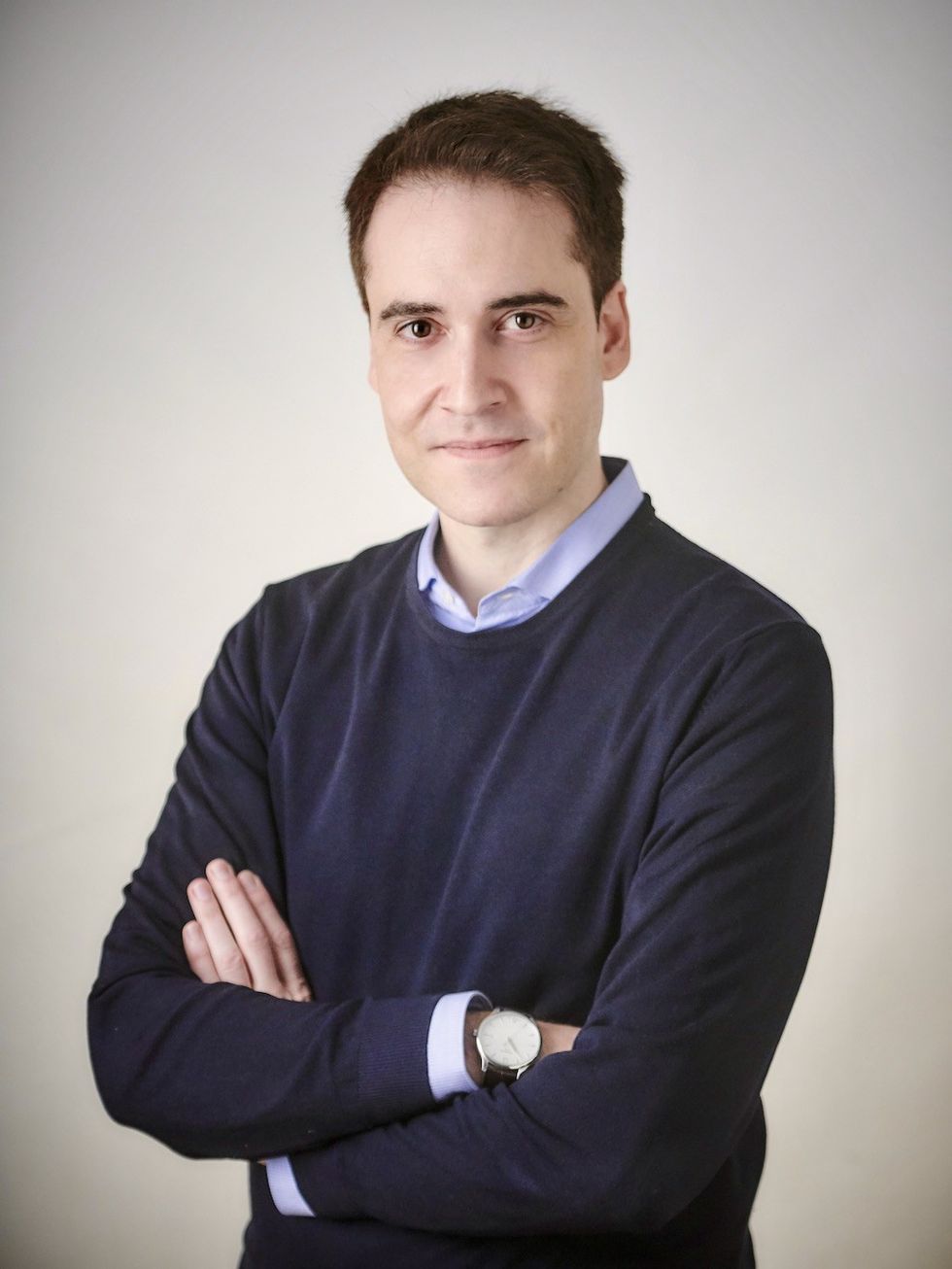
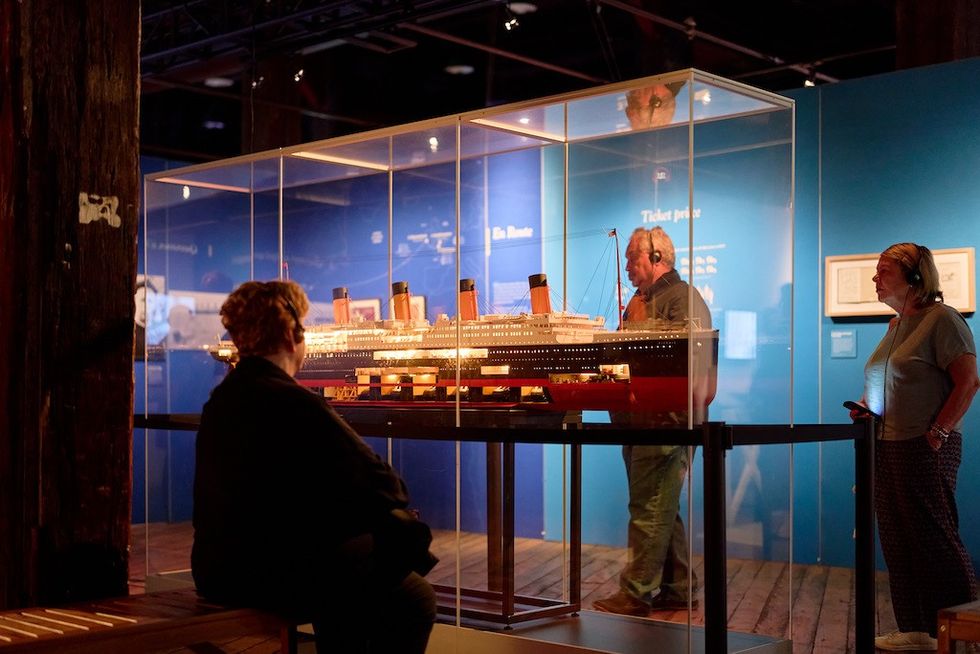
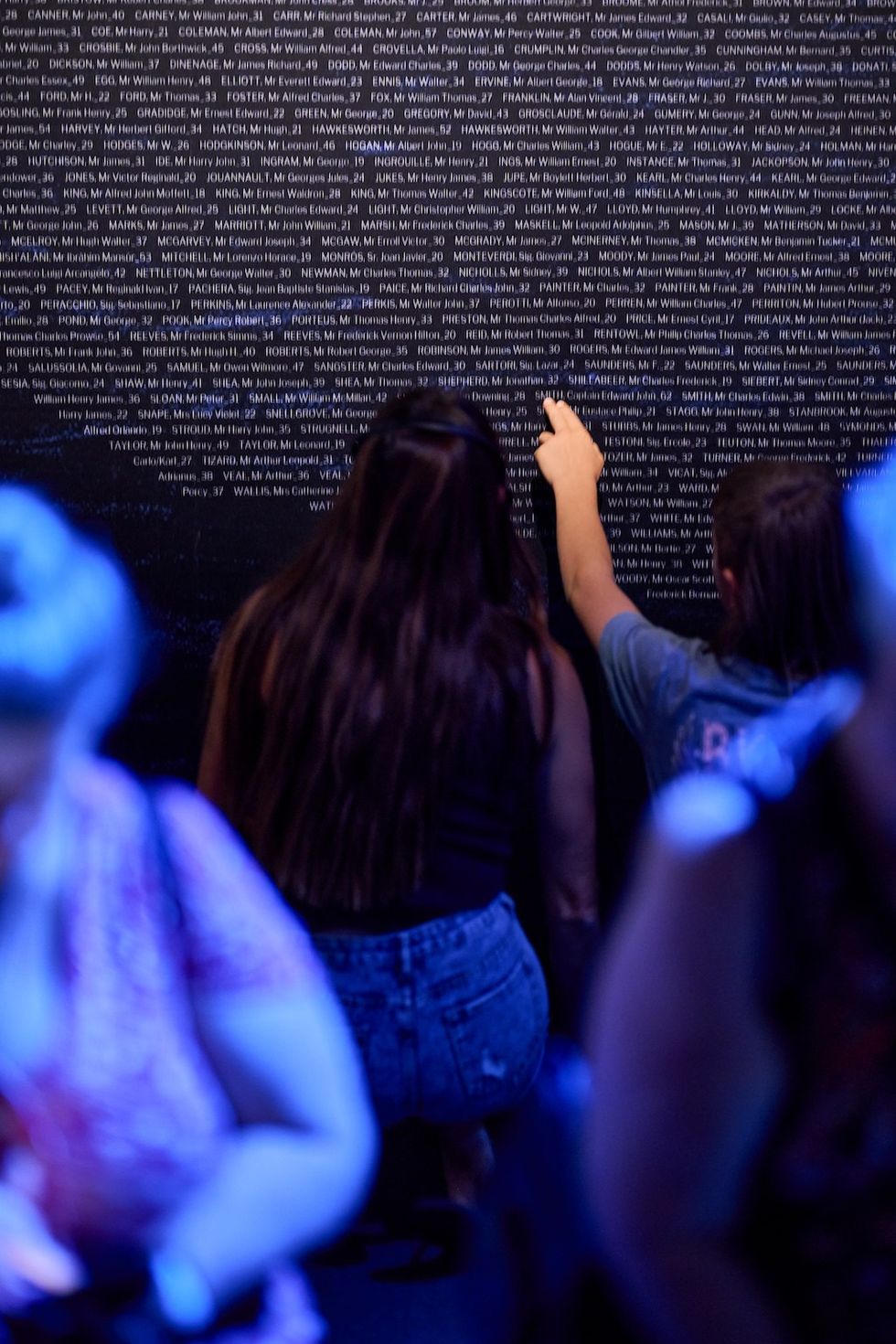
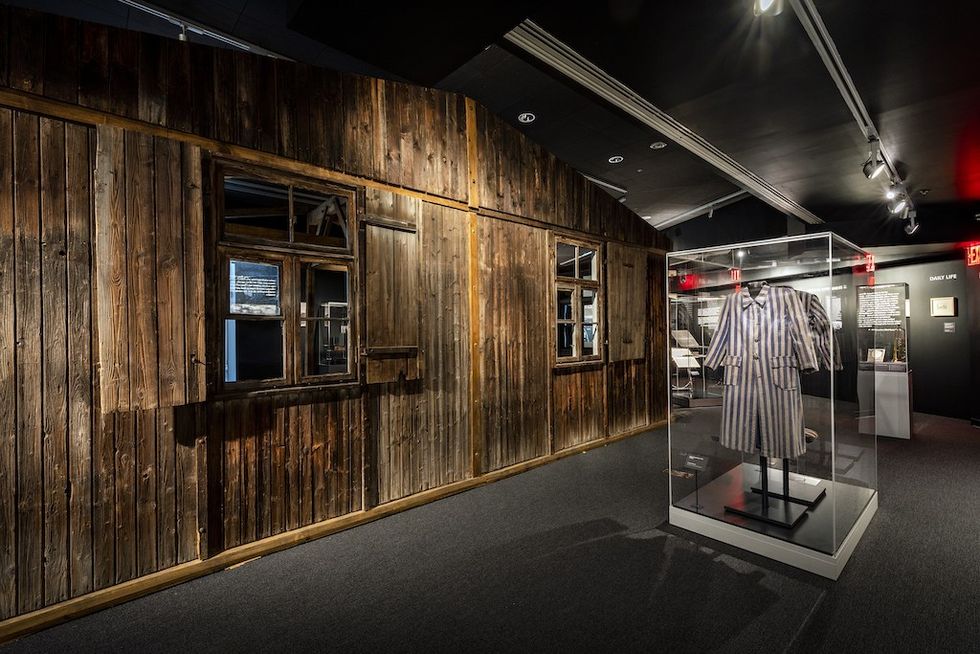
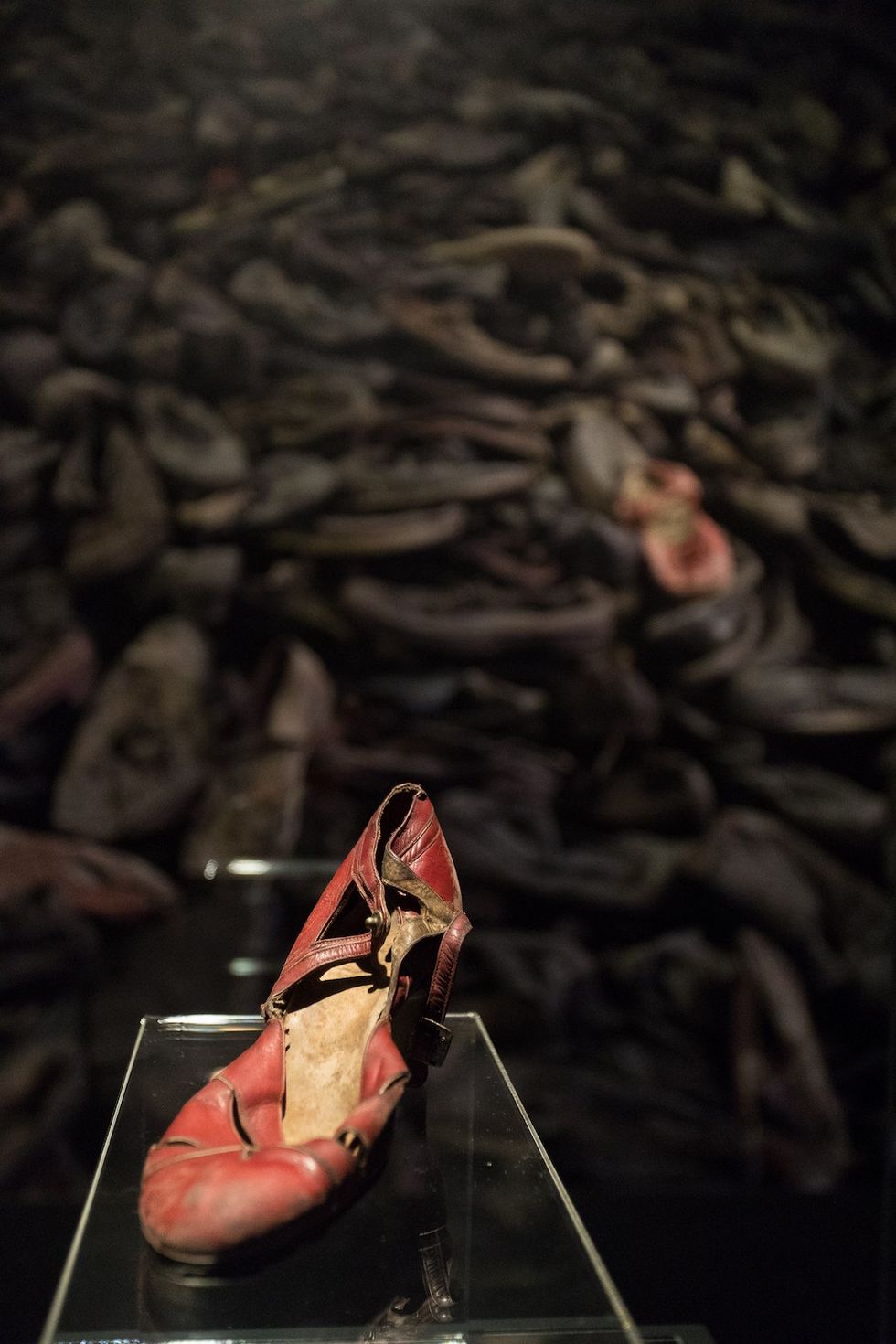
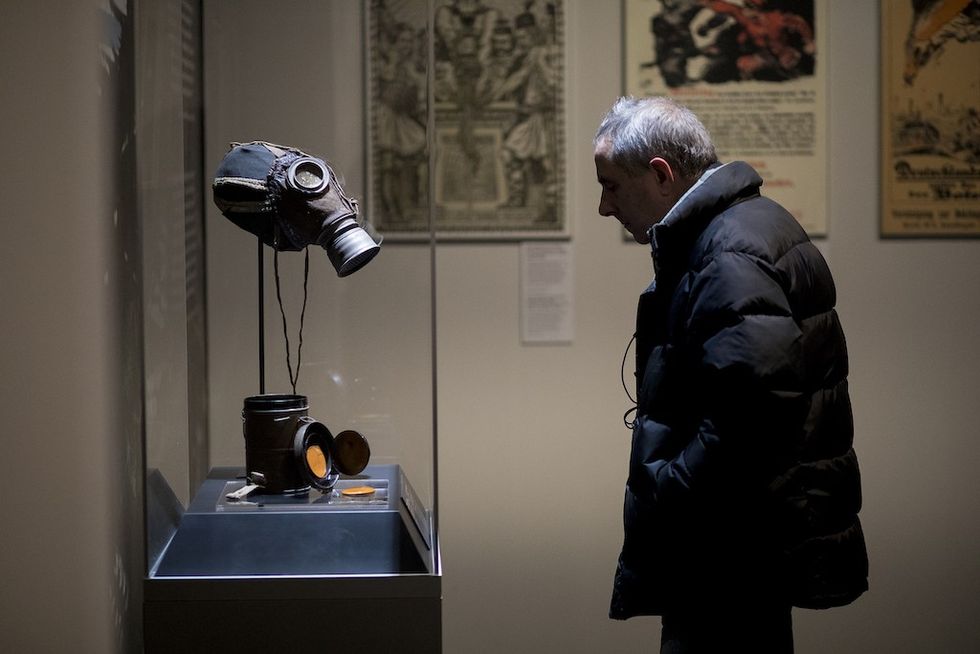
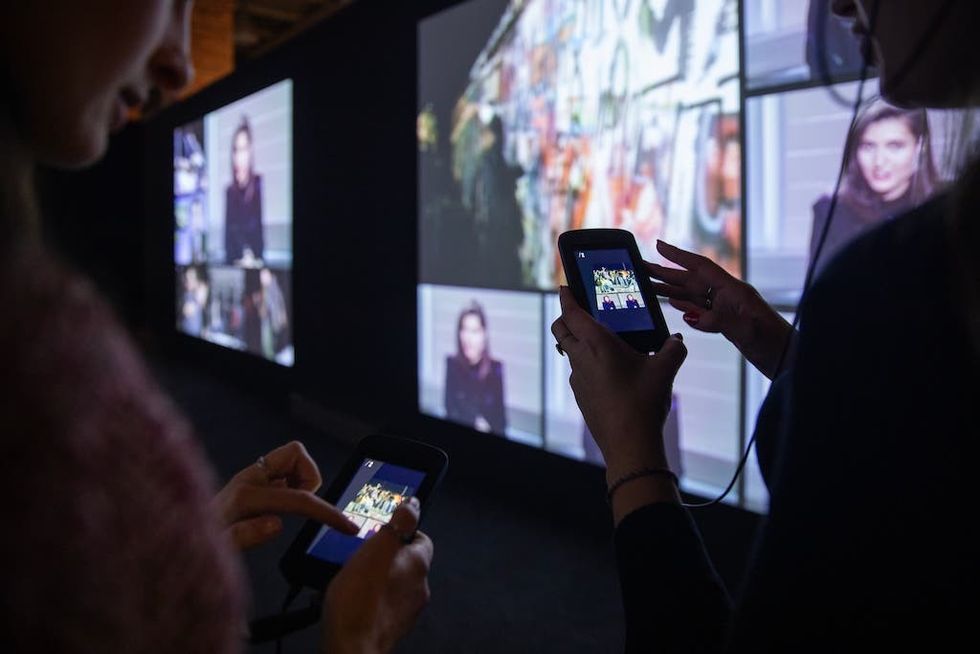
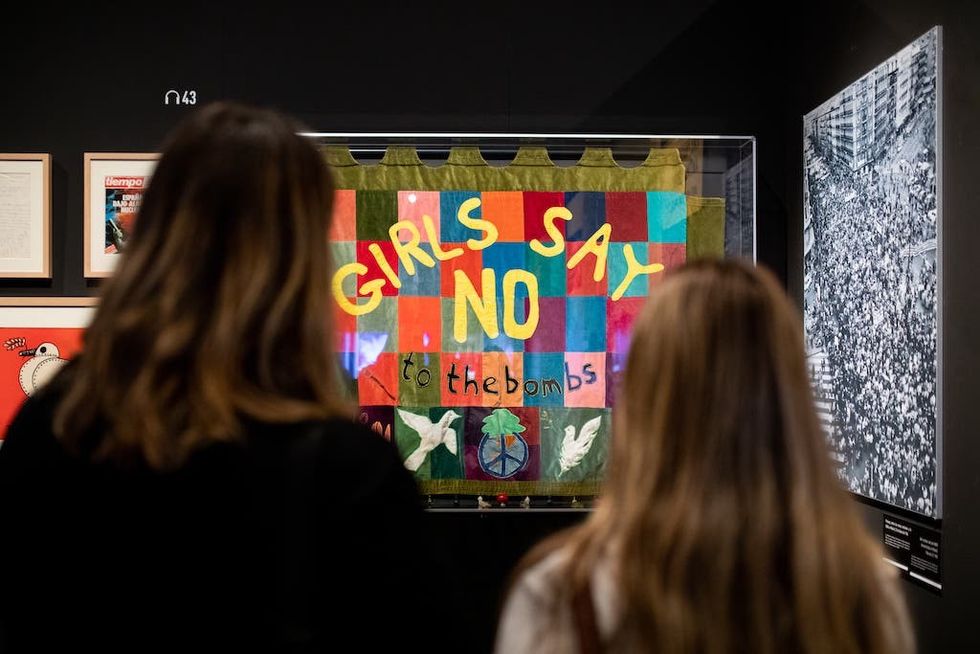
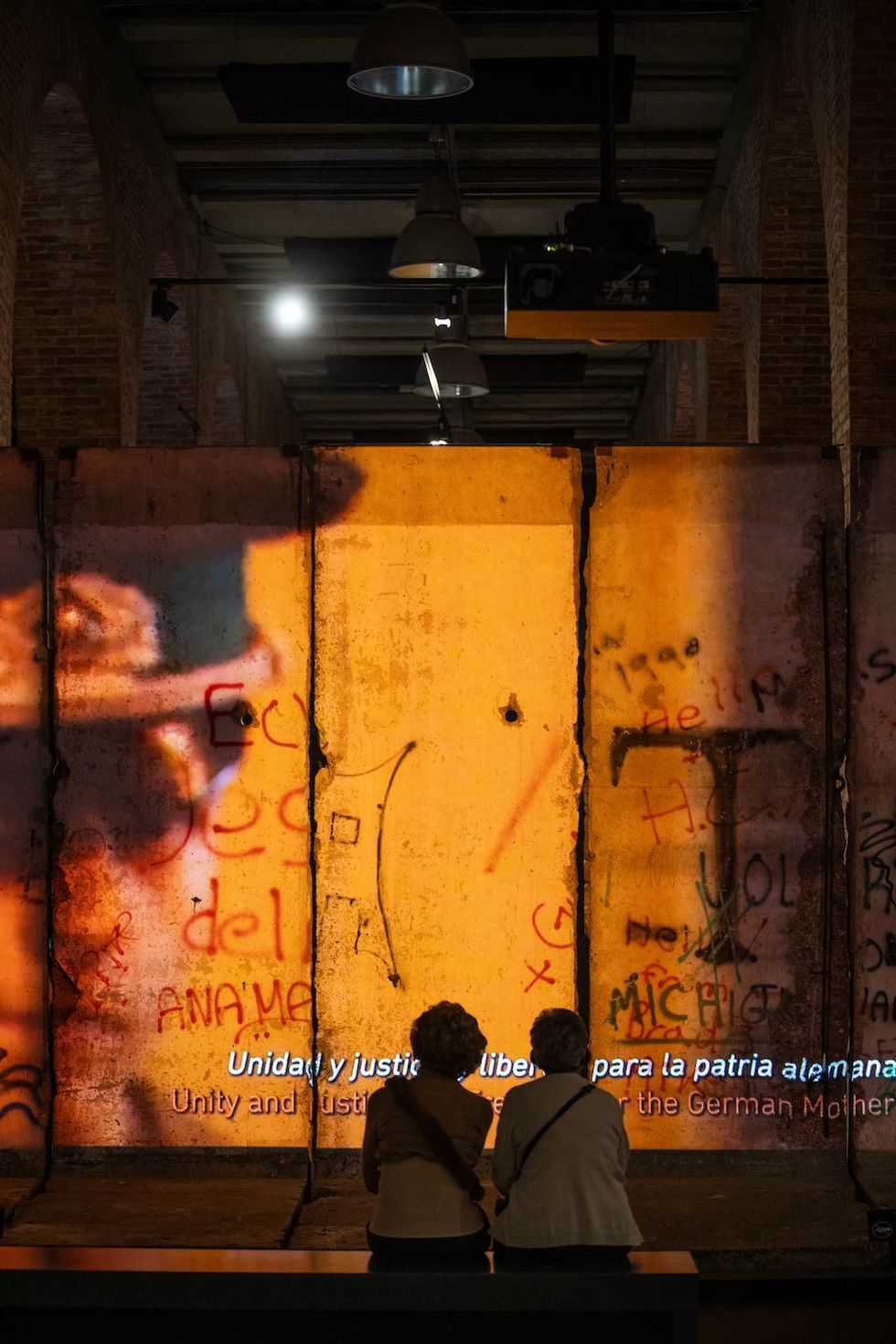
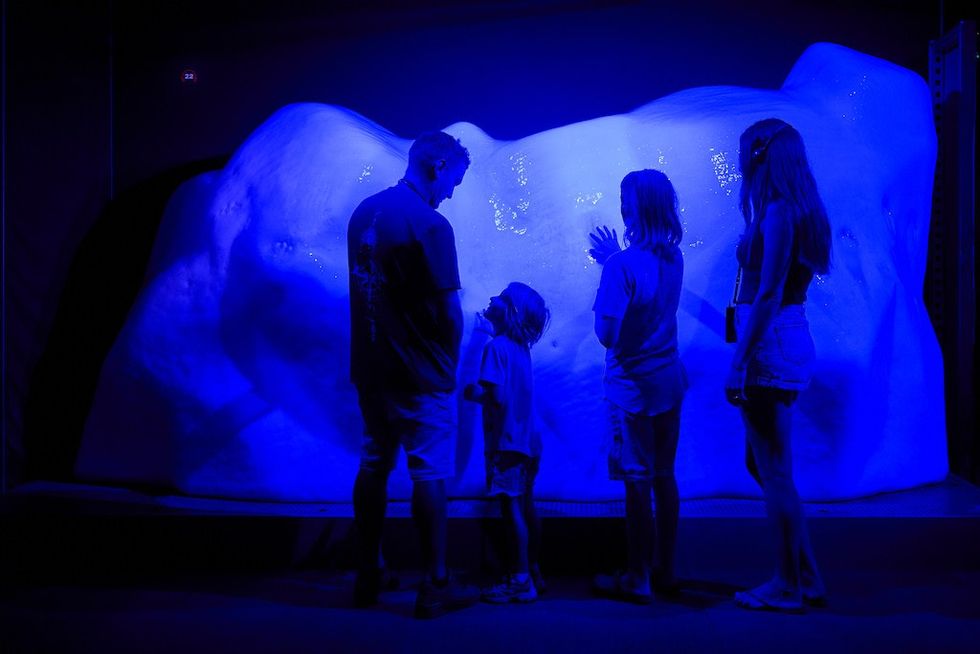

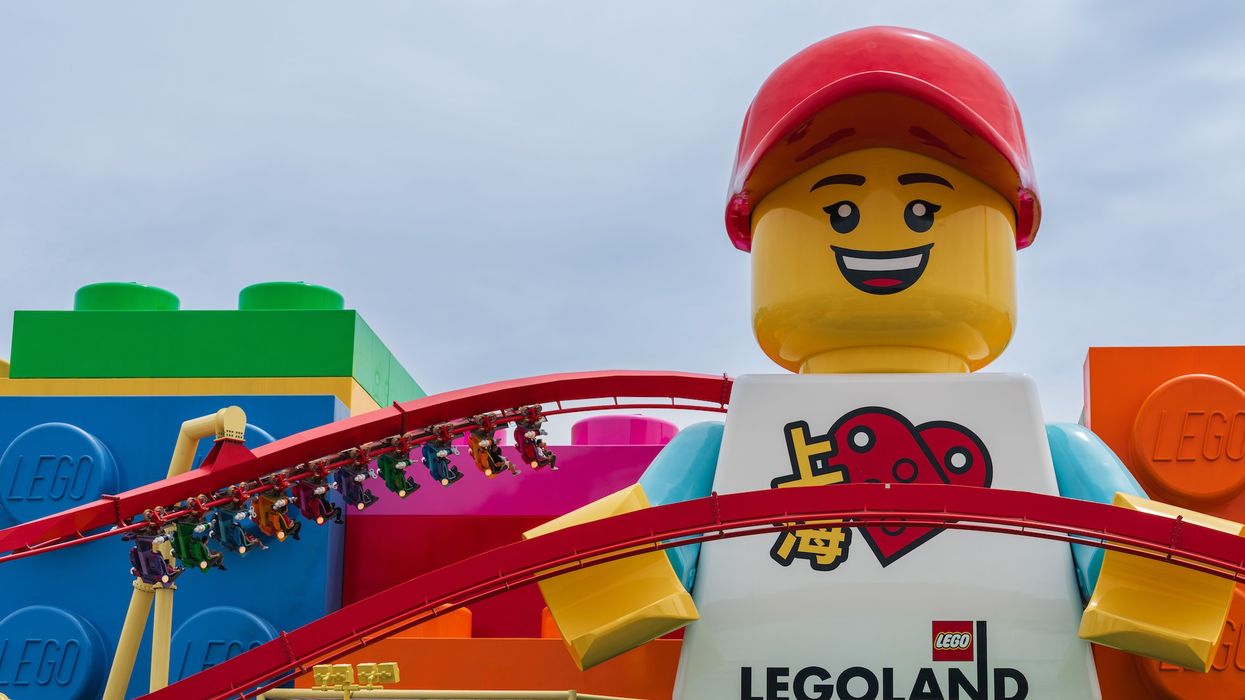
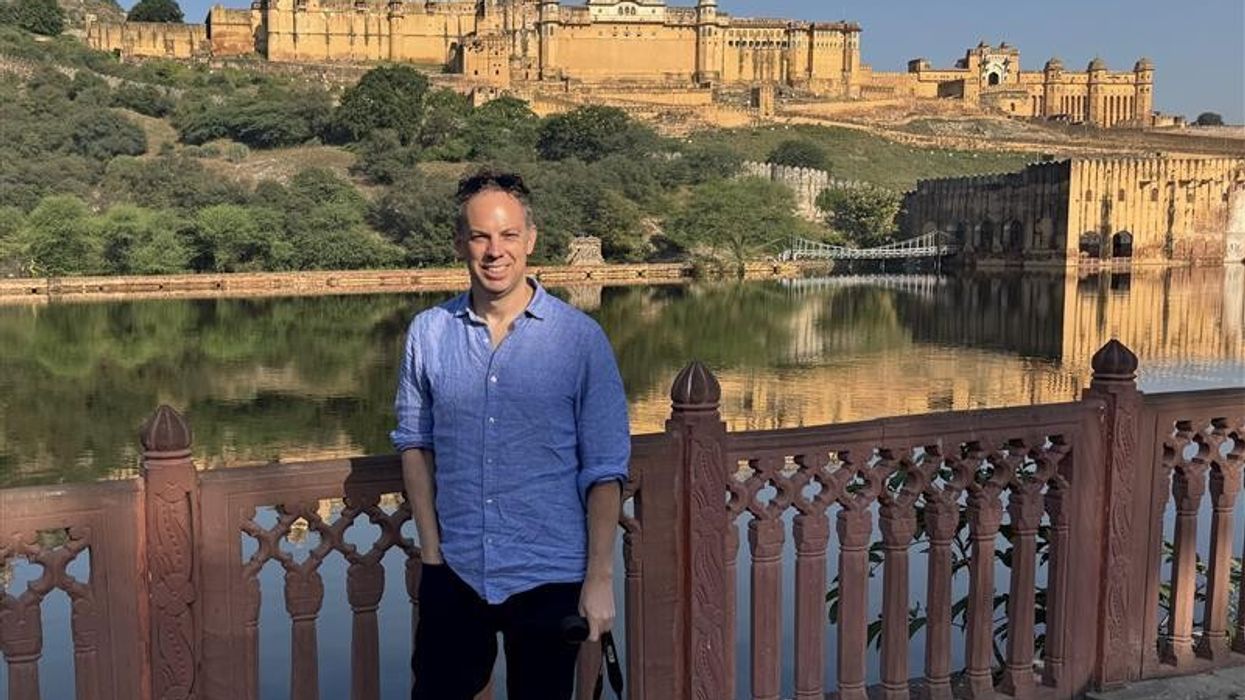
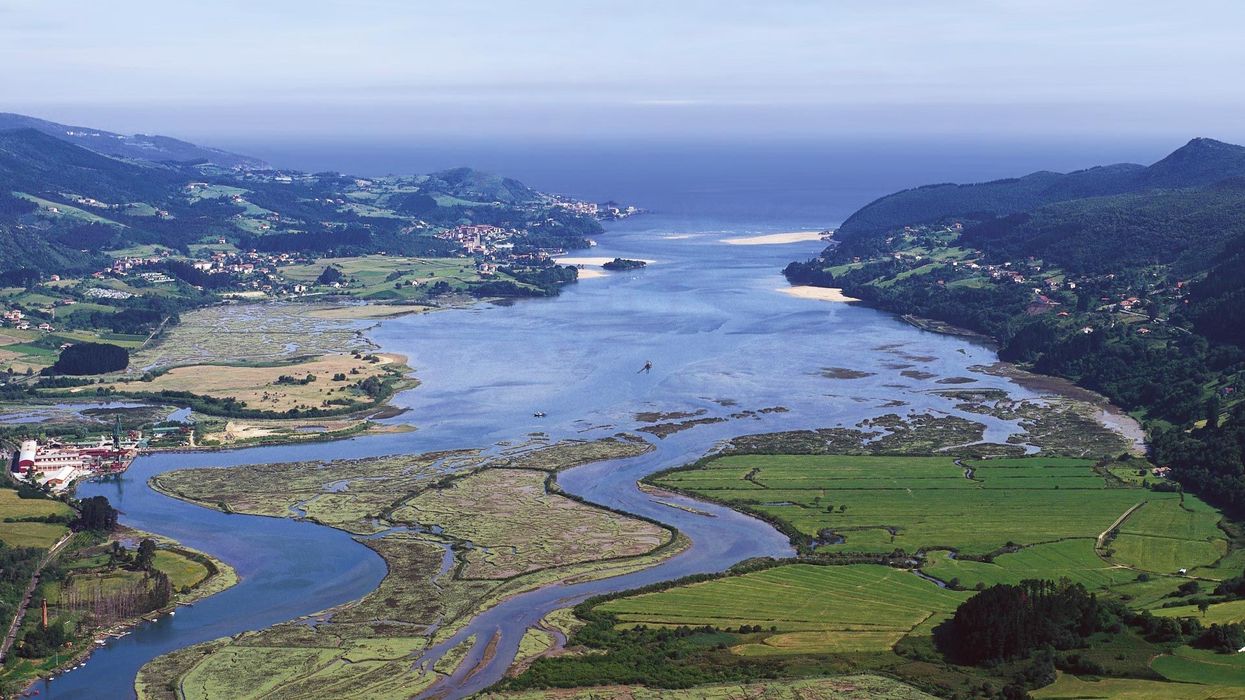
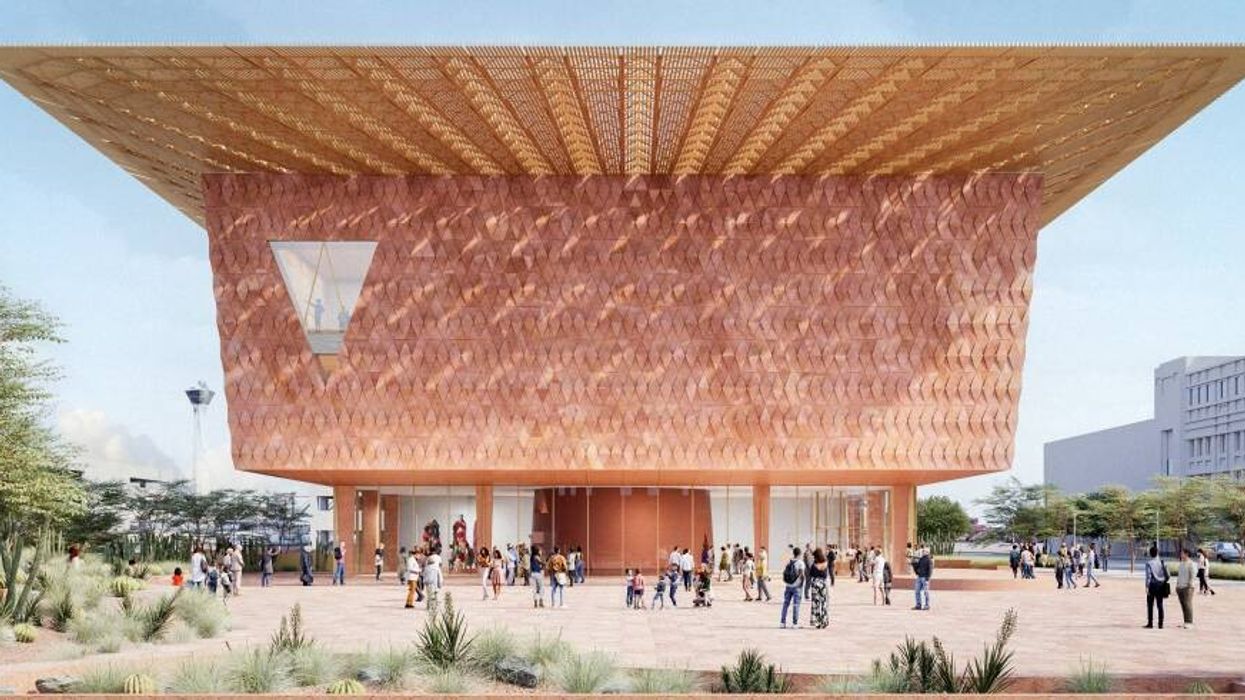
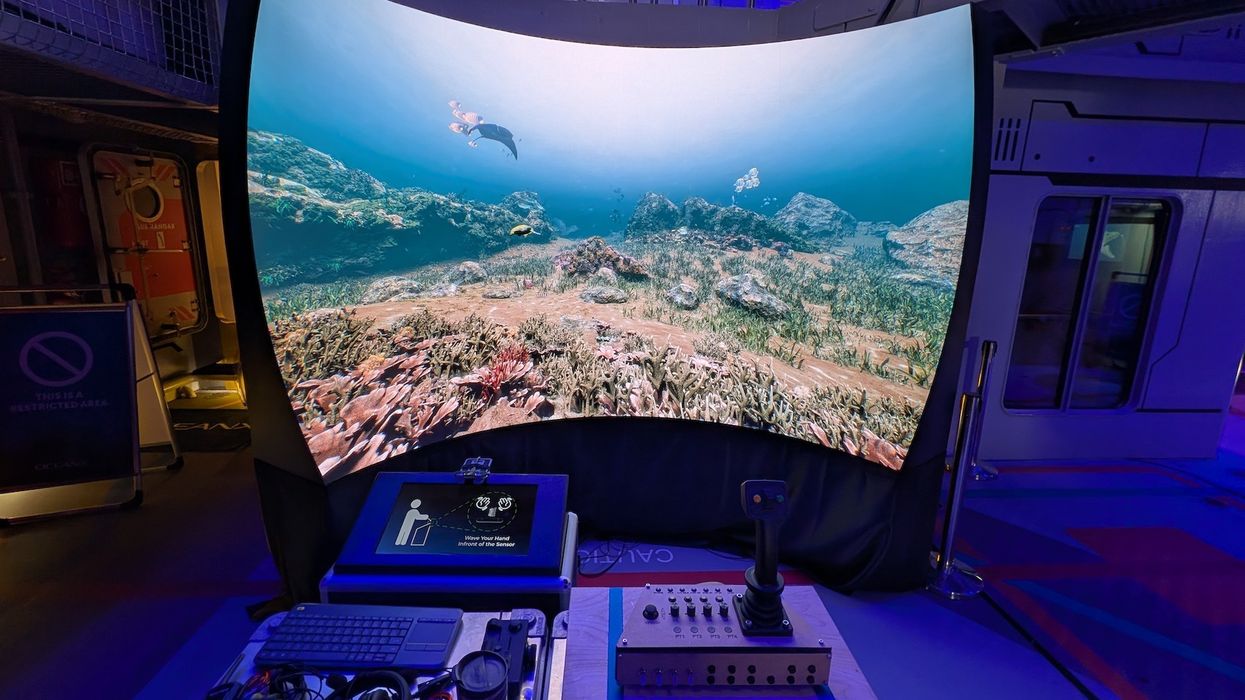
 TM Lim and Adam Wales
TM Lim and Adam Wales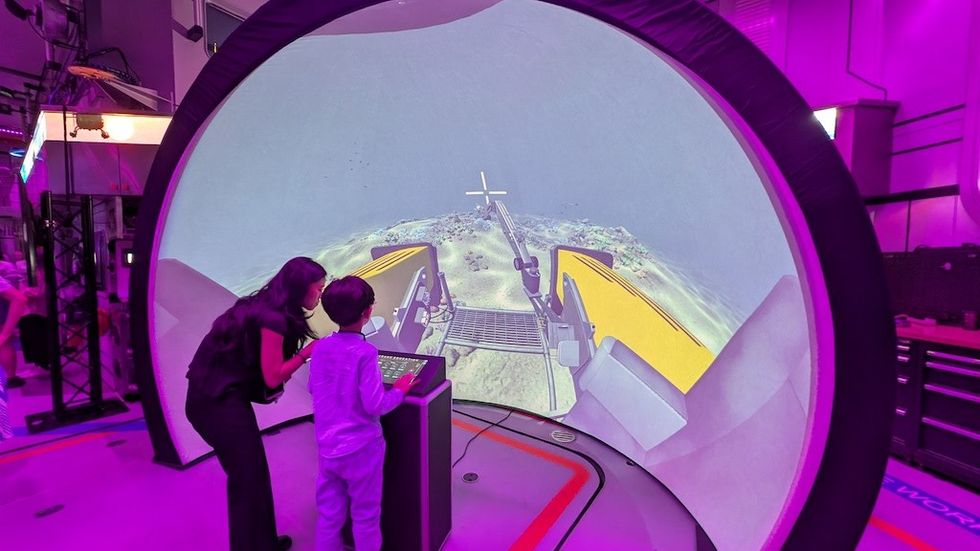
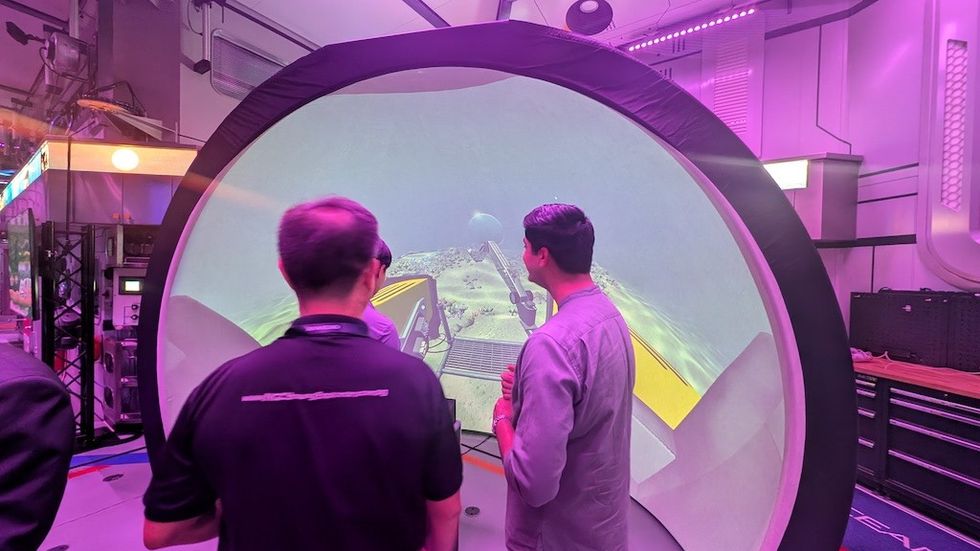
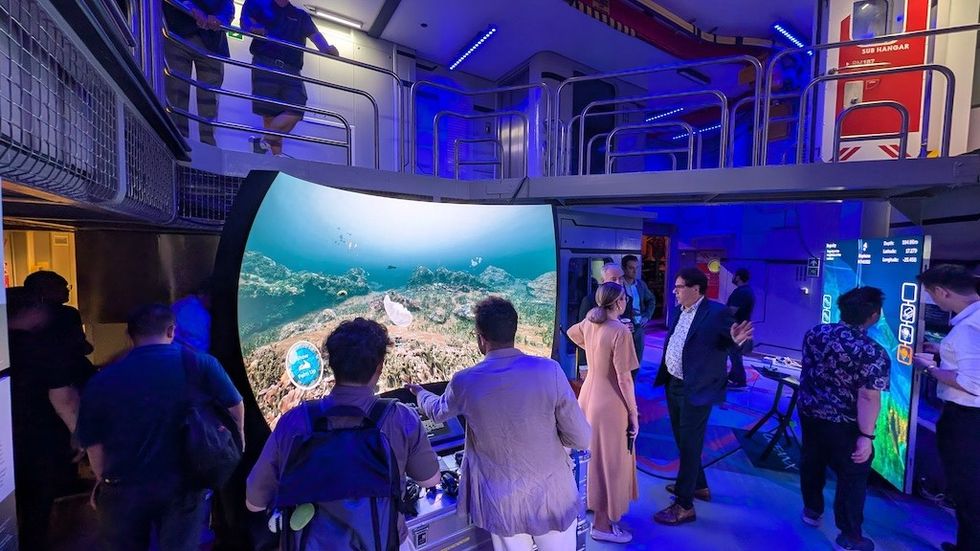
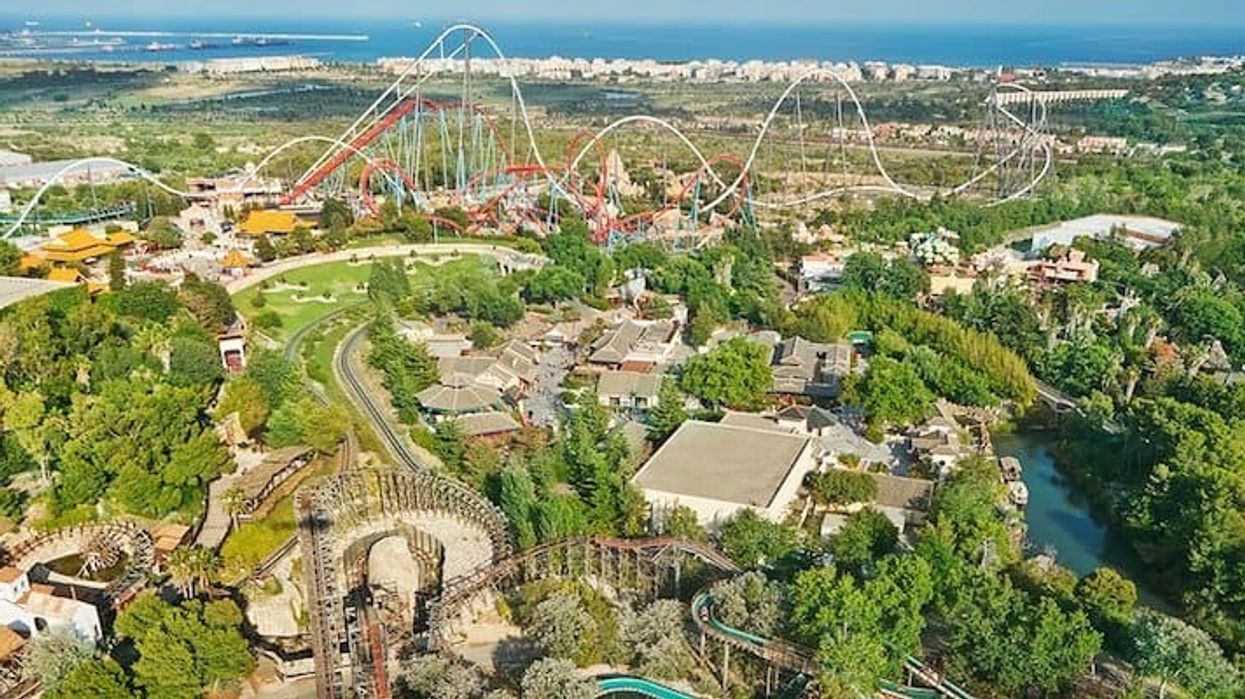
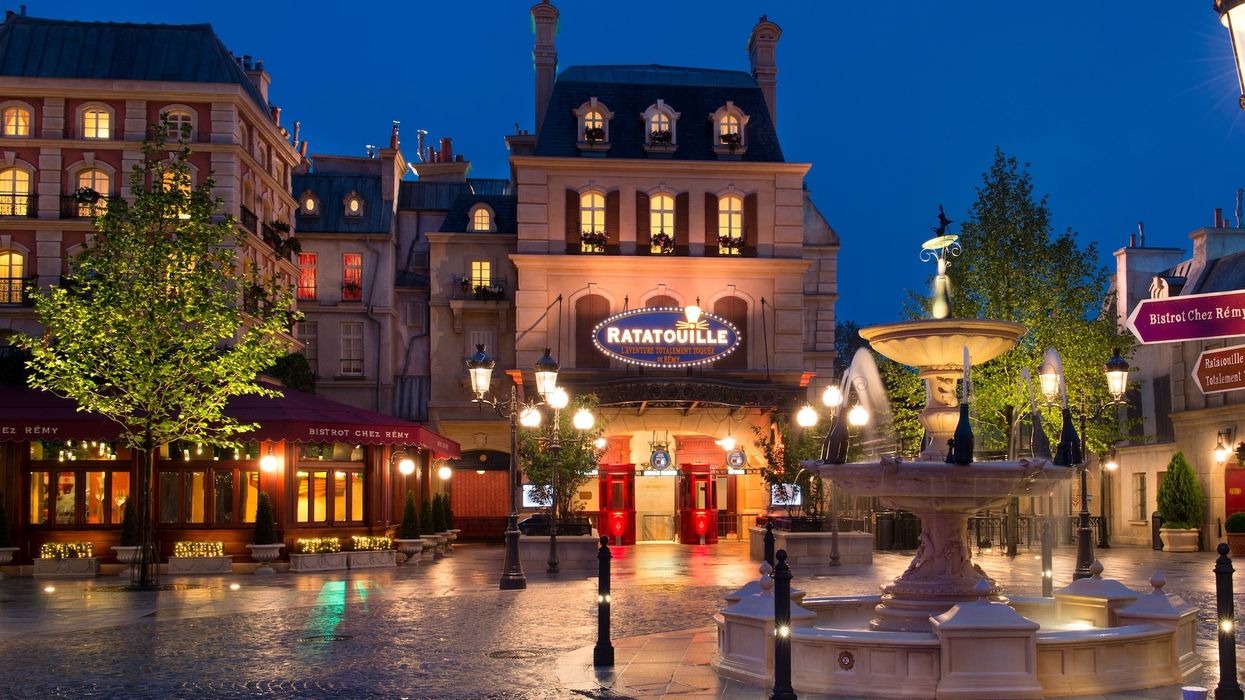

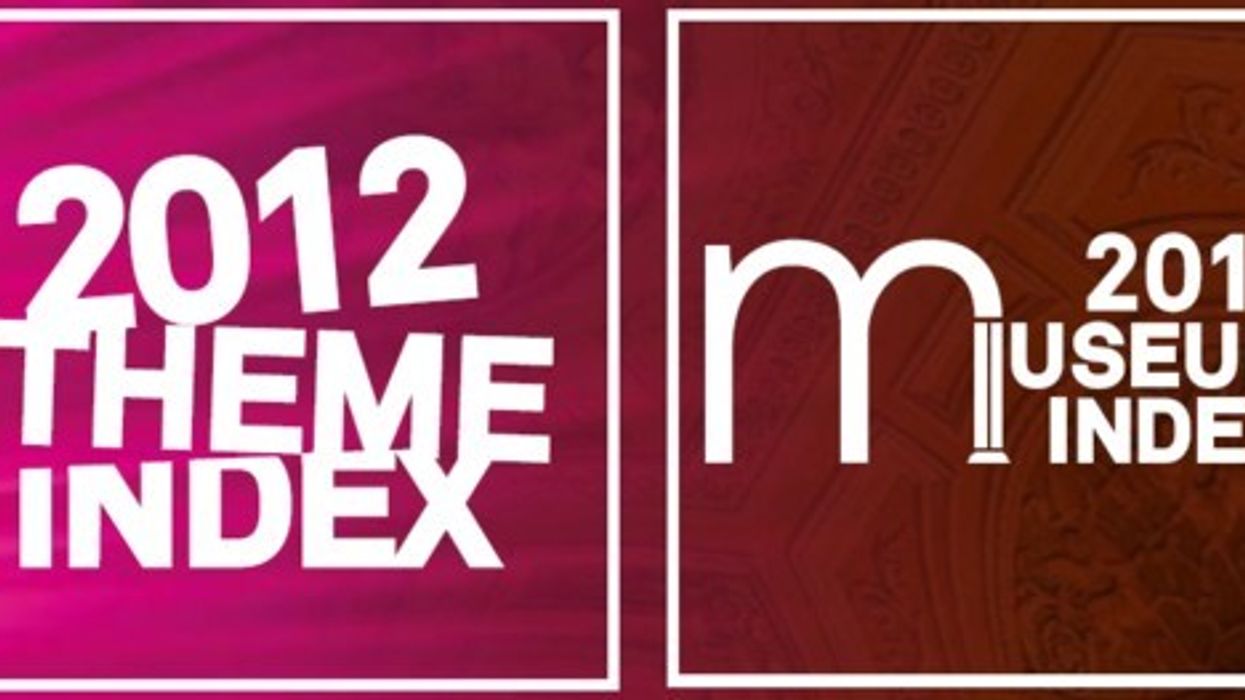
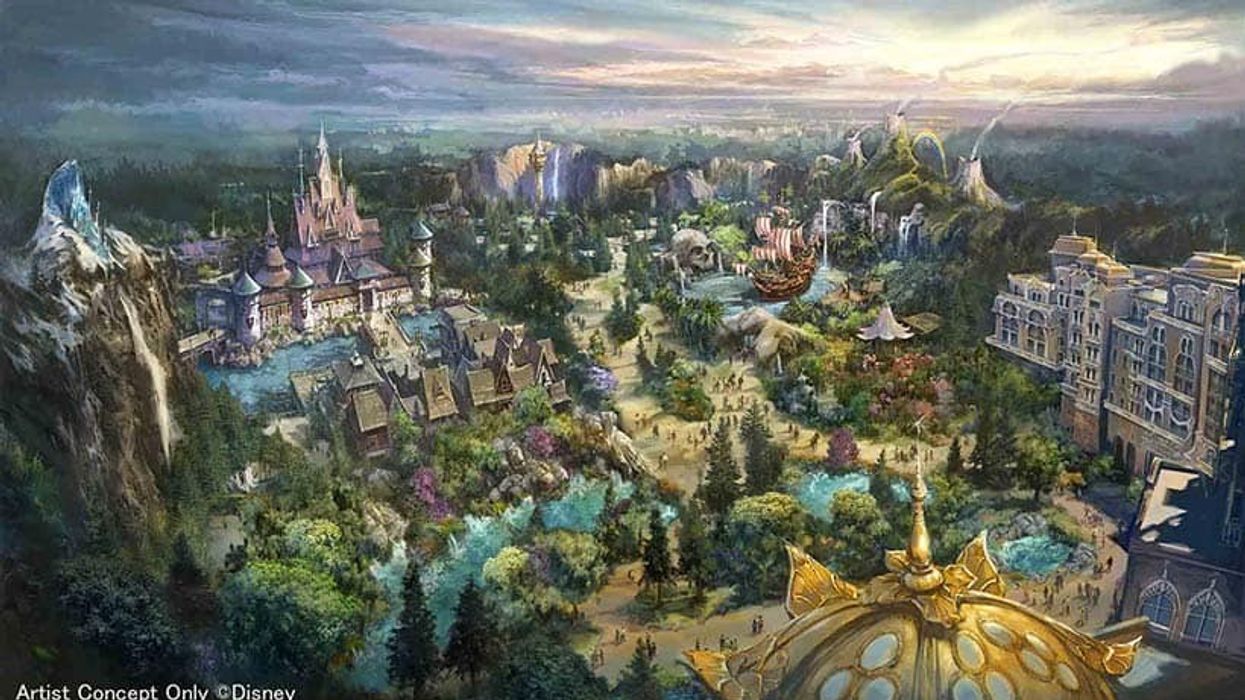

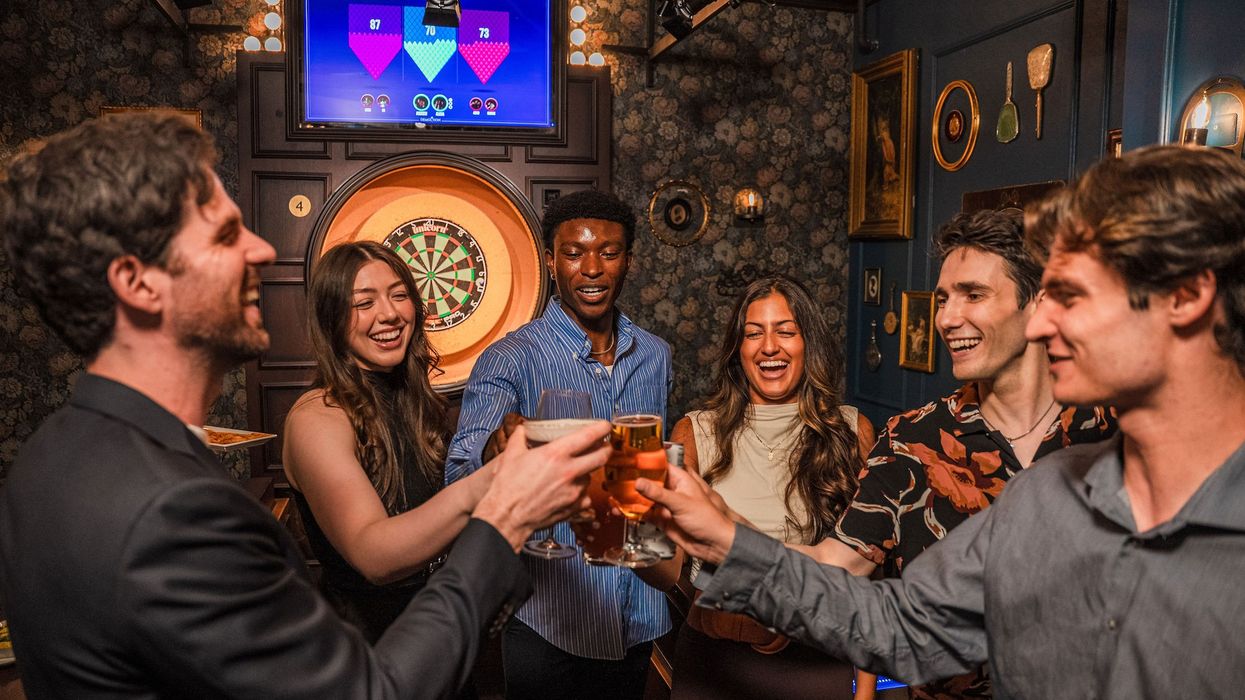
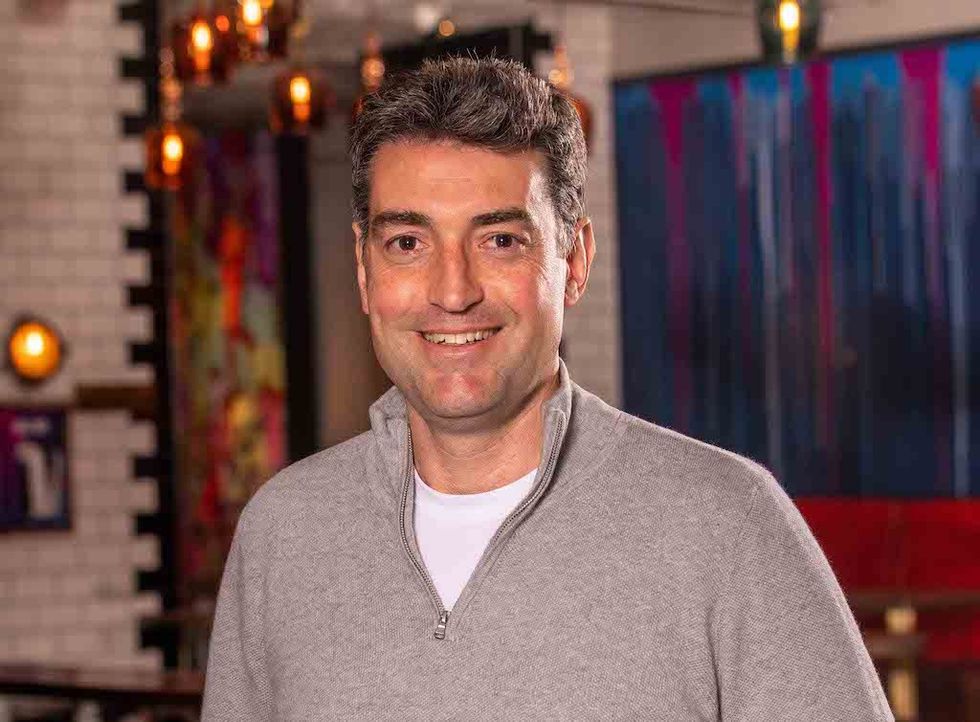 Toby Harris
Toby Harris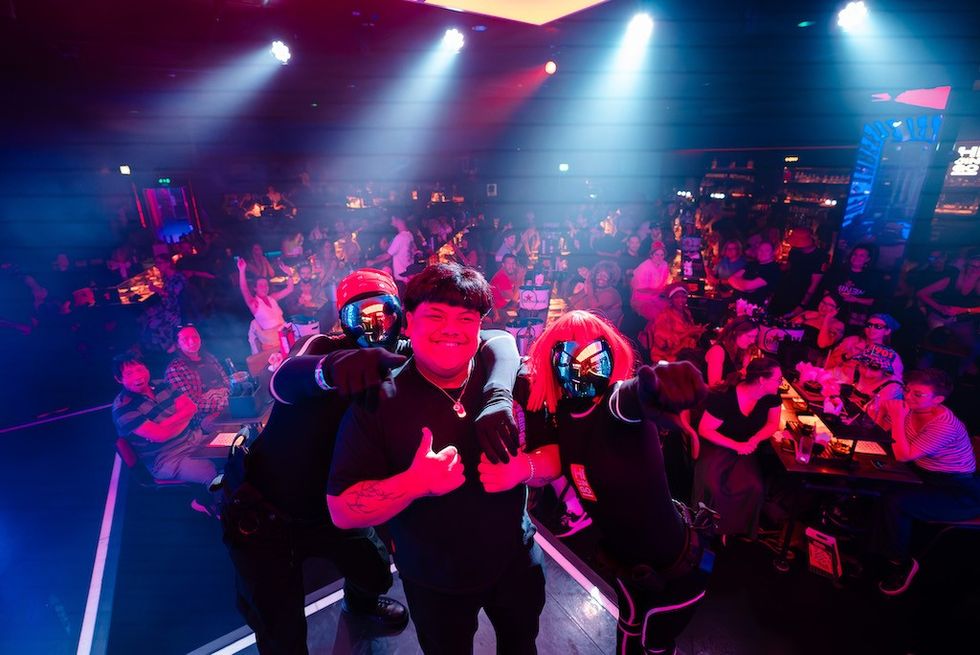 Hijingo
Hijingo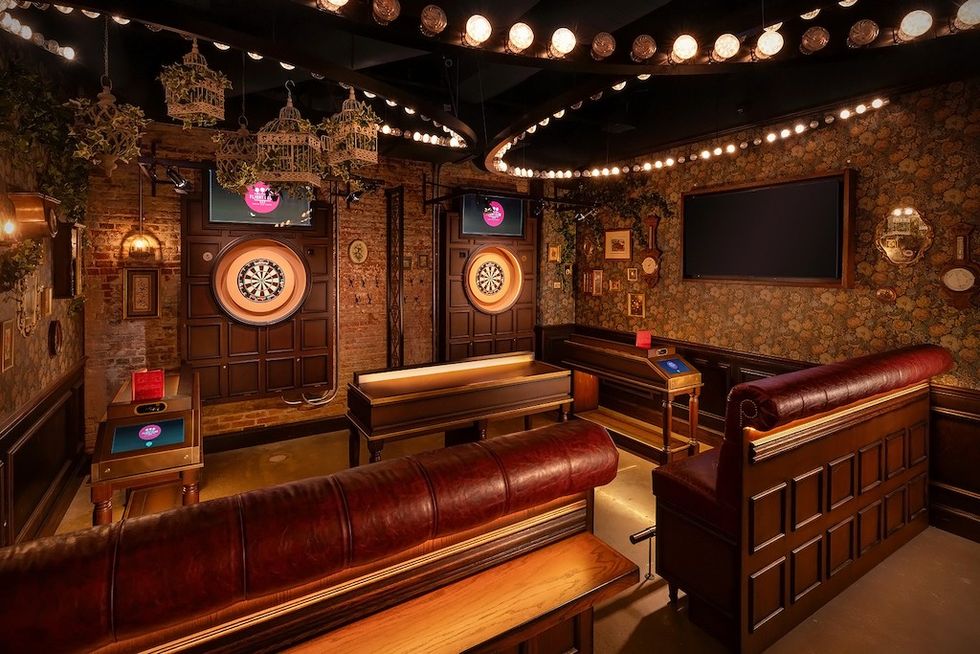 Flight Club, Washington D.C.
Flight Club, Washington D.C.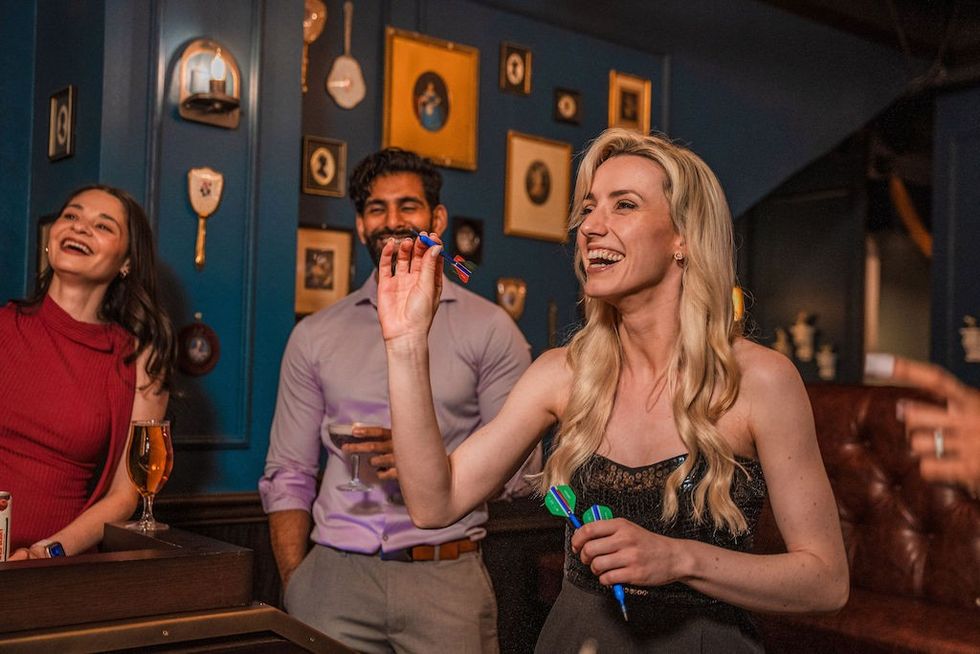
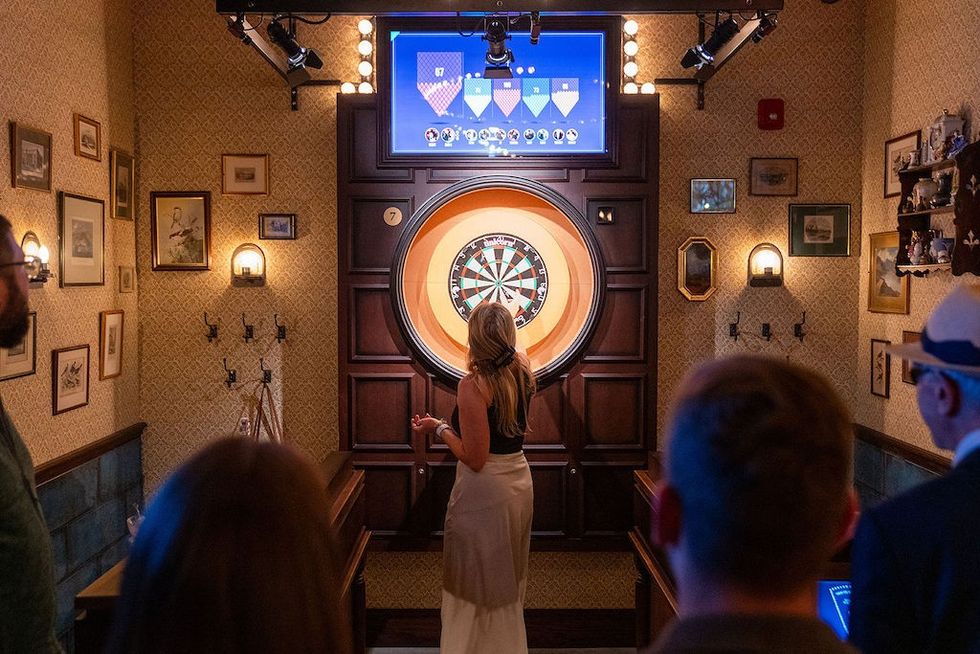 Flight Club Philadelphia
Flight Club Philadelphia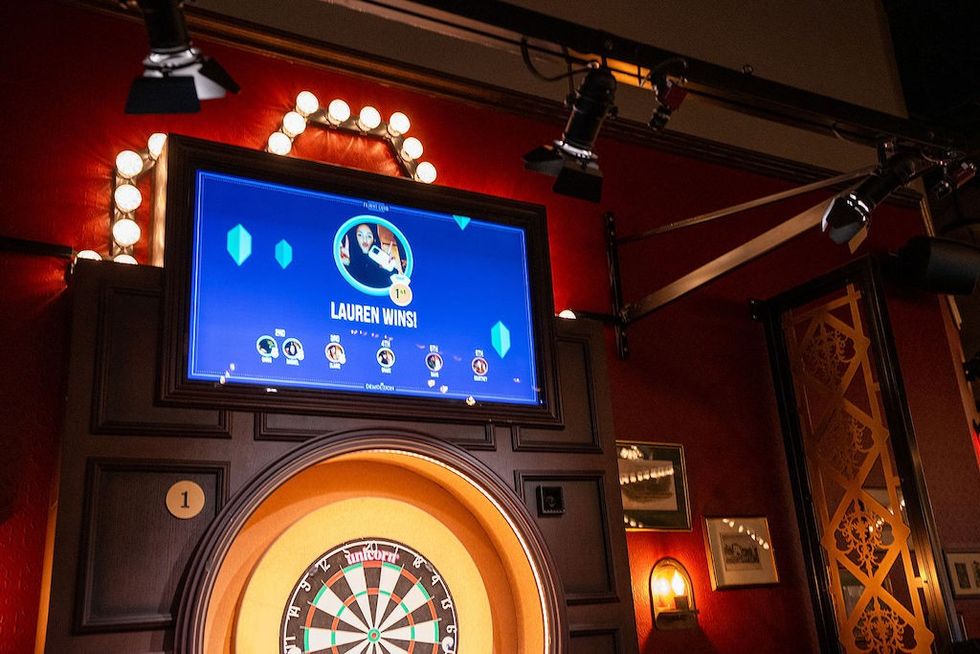 Flight Club Philadelphia
Flight Club Philadelphia Bounce
Bounce Hijingo
Hijingo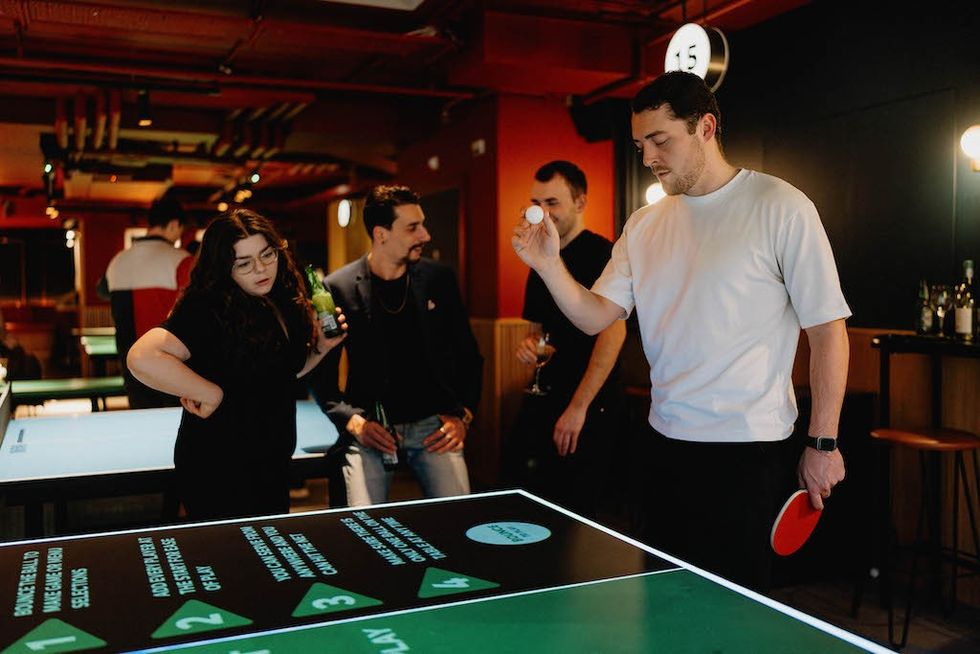 Bounce
Bounce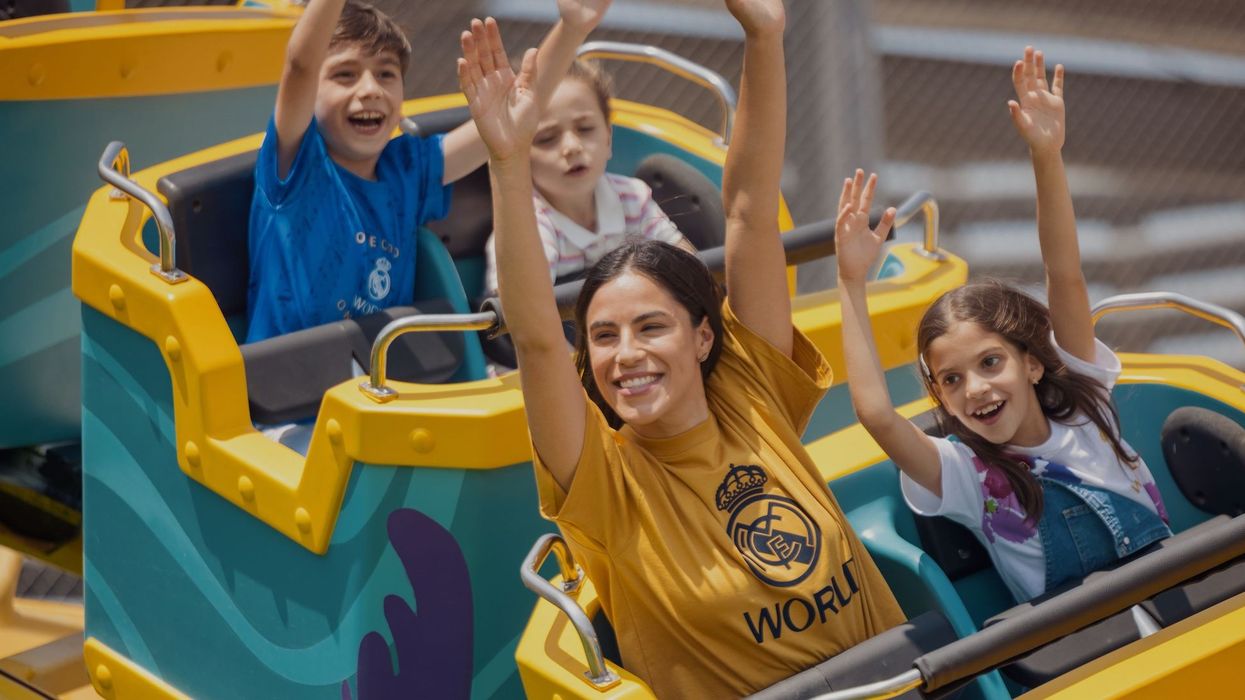
 Fernando Eiroa
Fernando Eiroa
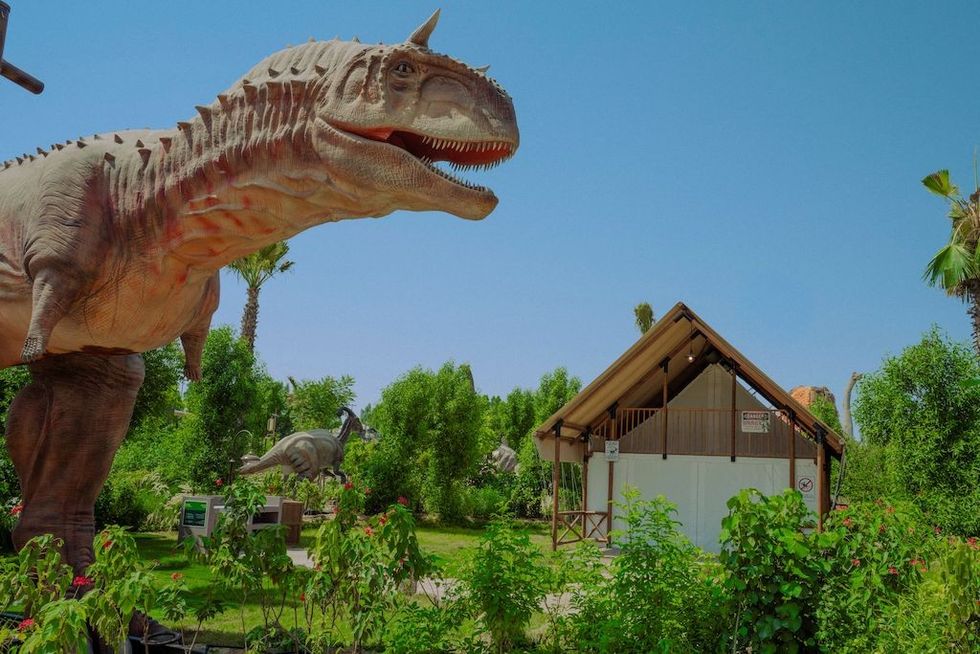

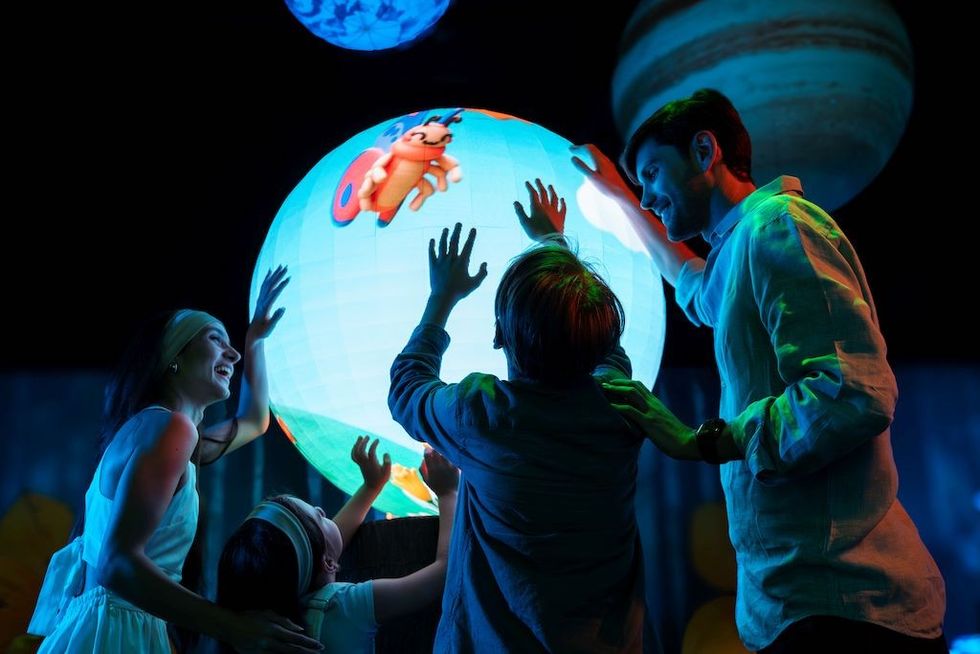



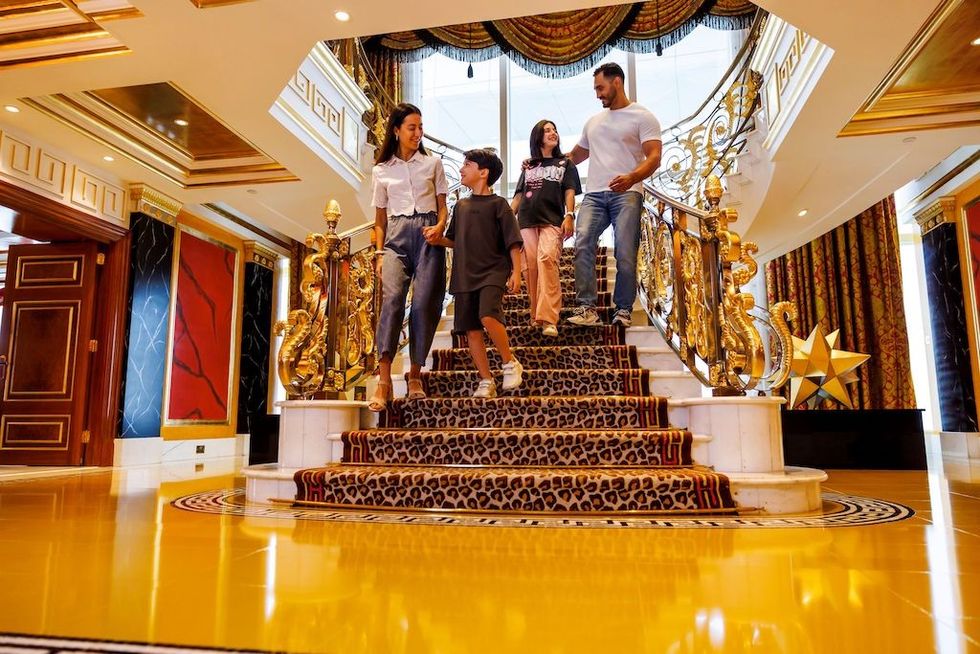



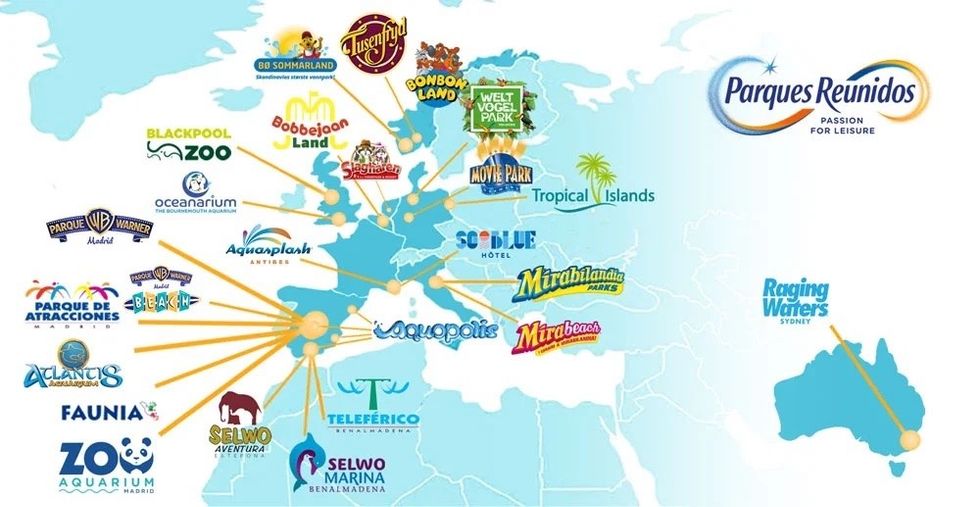
 Nickelodeon Land at Parque de Atracciones de Madrid
Nickelodeon Land at Parque de Atracciones de Madrid Raging Waters
Raging Waters 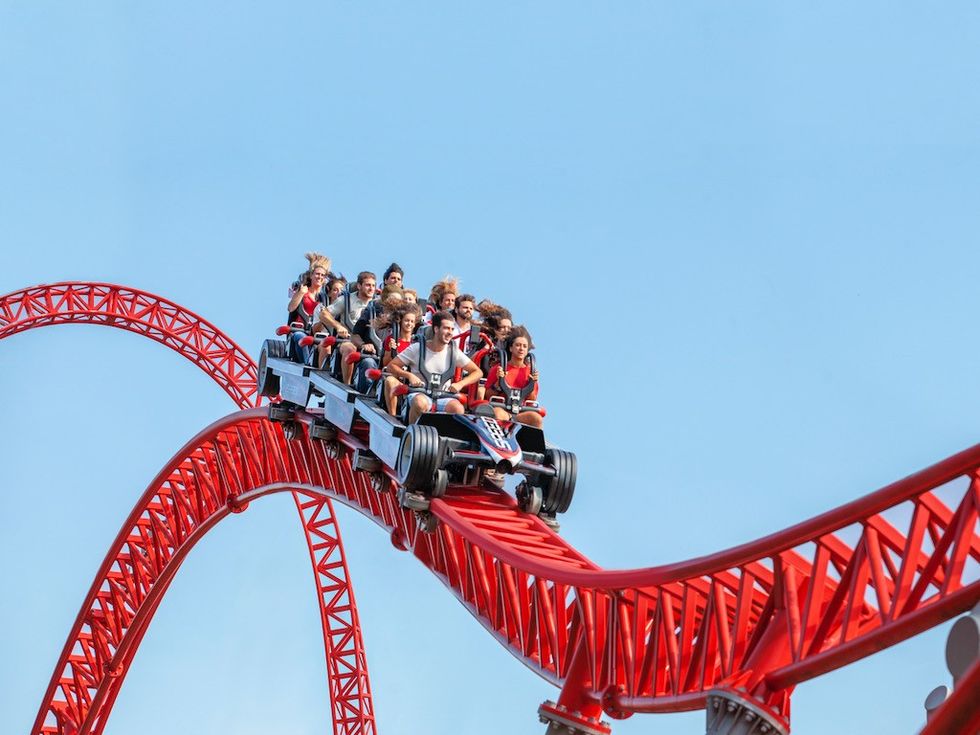 Mirabilandia's iSpeed coaster
Mirabilandia's iSpeed coaster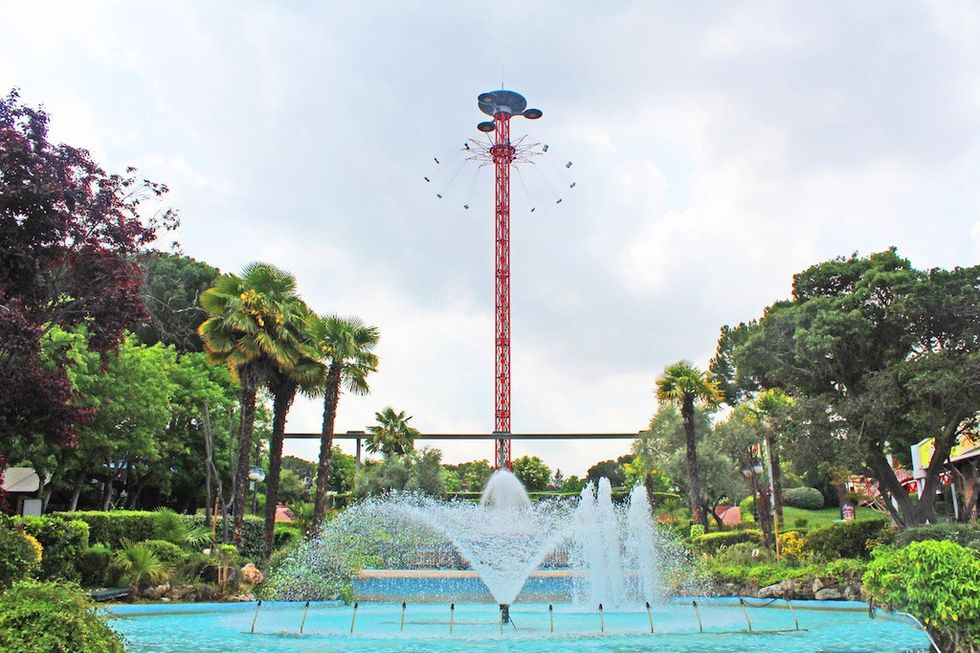 Parque de Atracciones de Madrid
Parque de Atracciones de Madrid Ferracci at the ribbon-cutting ceremony for Nickelodeon Land at Mirabilandia, with (left) Marie Marks, senior VP of global experiences for Paramount and (cutting the ribbon) Sabrina Mangina, GM at Mirabilandia
Ferracci at the ribbon-cutting ceremony for Nickelodeon Land at Mirabilandia, with (left) Marie Marks, senior VP of global experiences for Paramount and (cutting the ribbon) Sabrina Mangina, GM at Mirabilandia Tropical Islands OHANA hotel
Tropical Islands OHANA hotel Elephants at Blackpool Zoo
Elephants at Blackpool Zoo 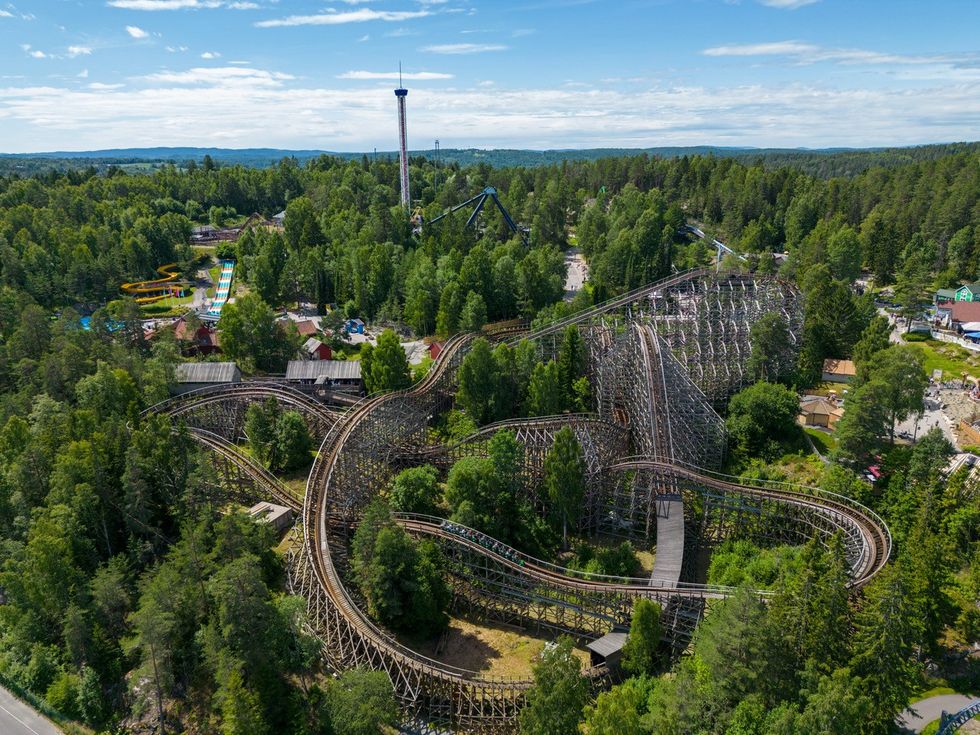 Tusenfryd
Tusenfryd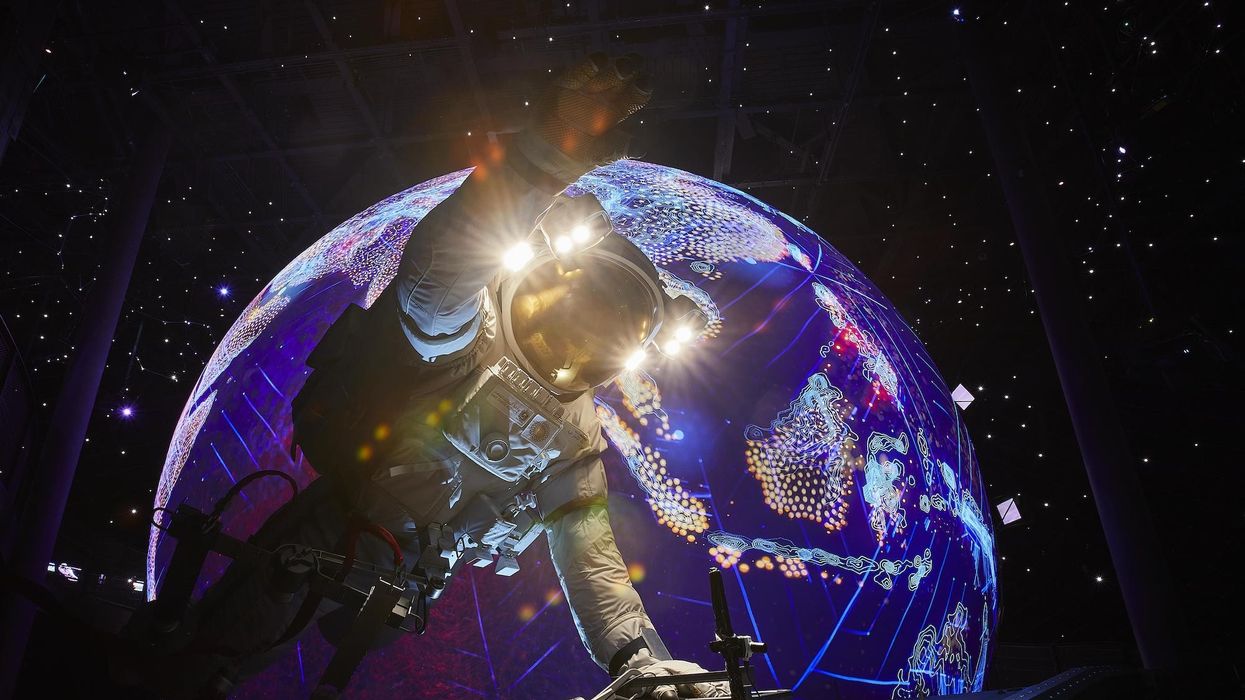
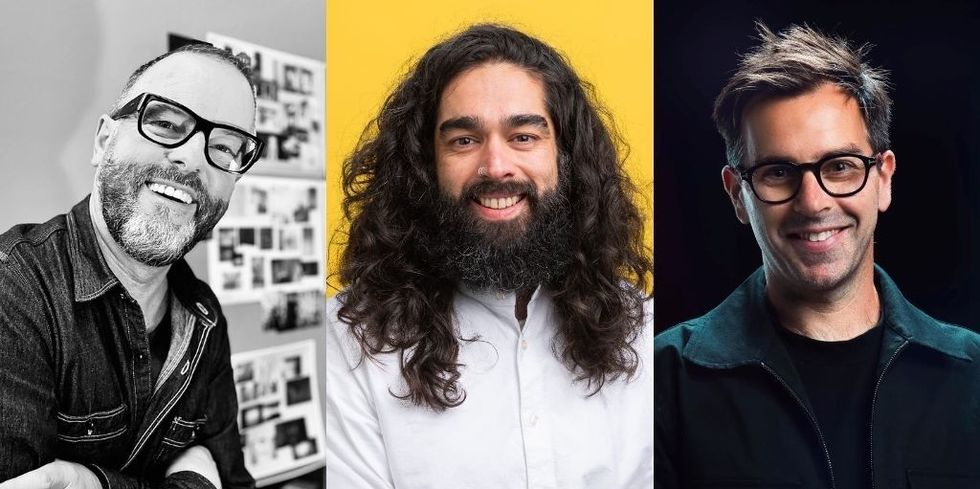 Andrew Thomas, Jason Aldous and Rik Athorne
Andrew Thomas, Jason Aldous and Rik Athorne
